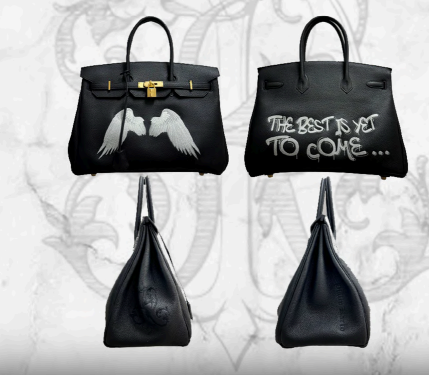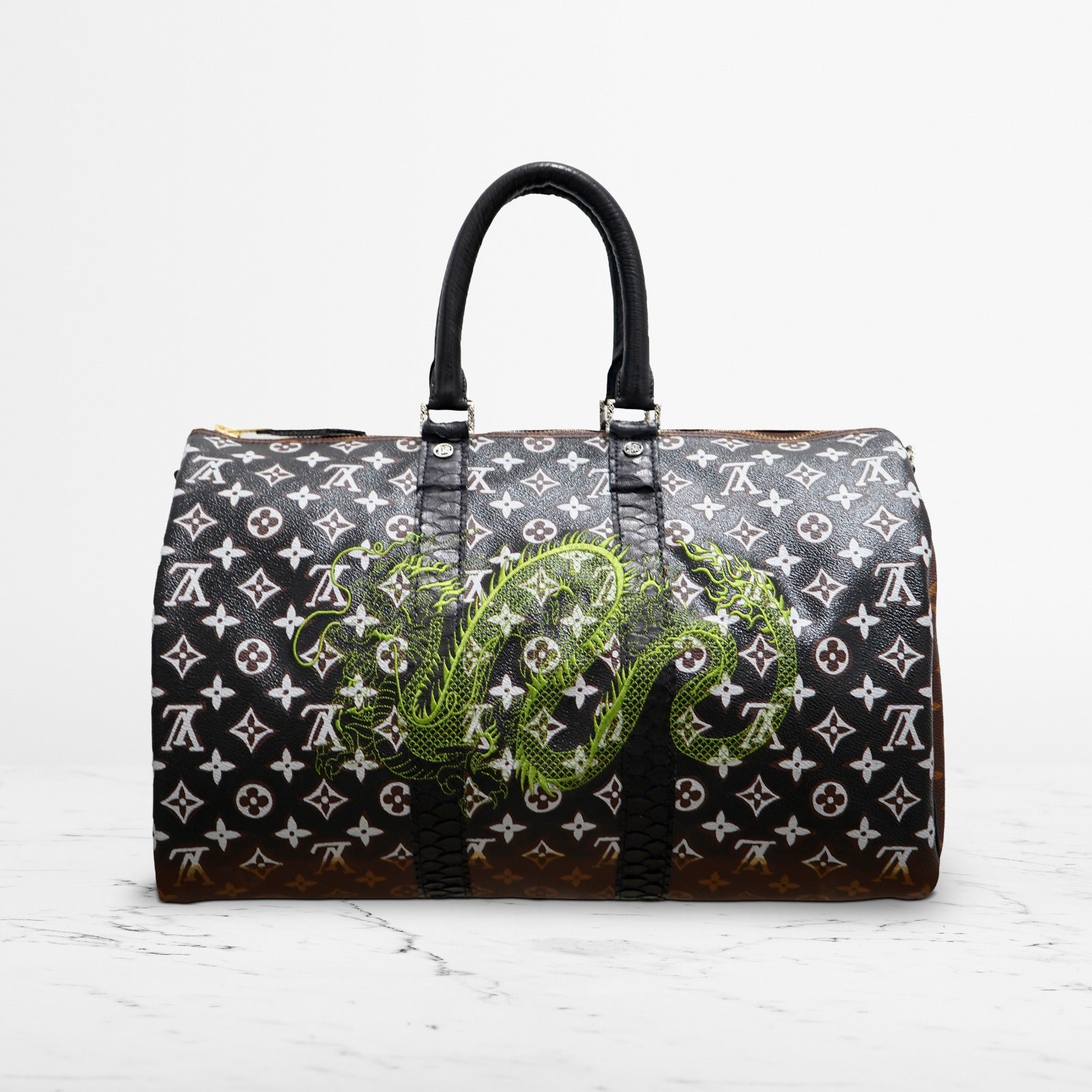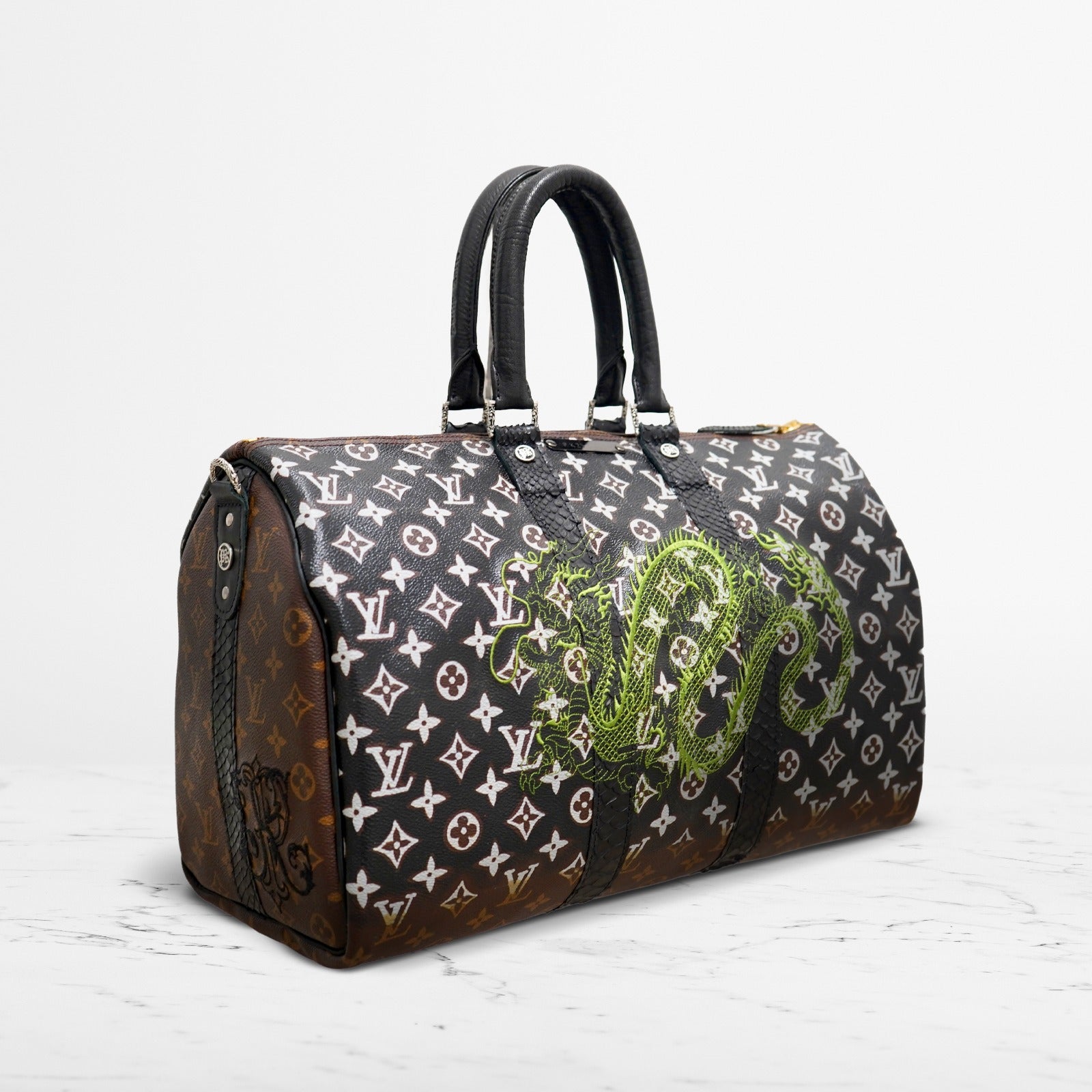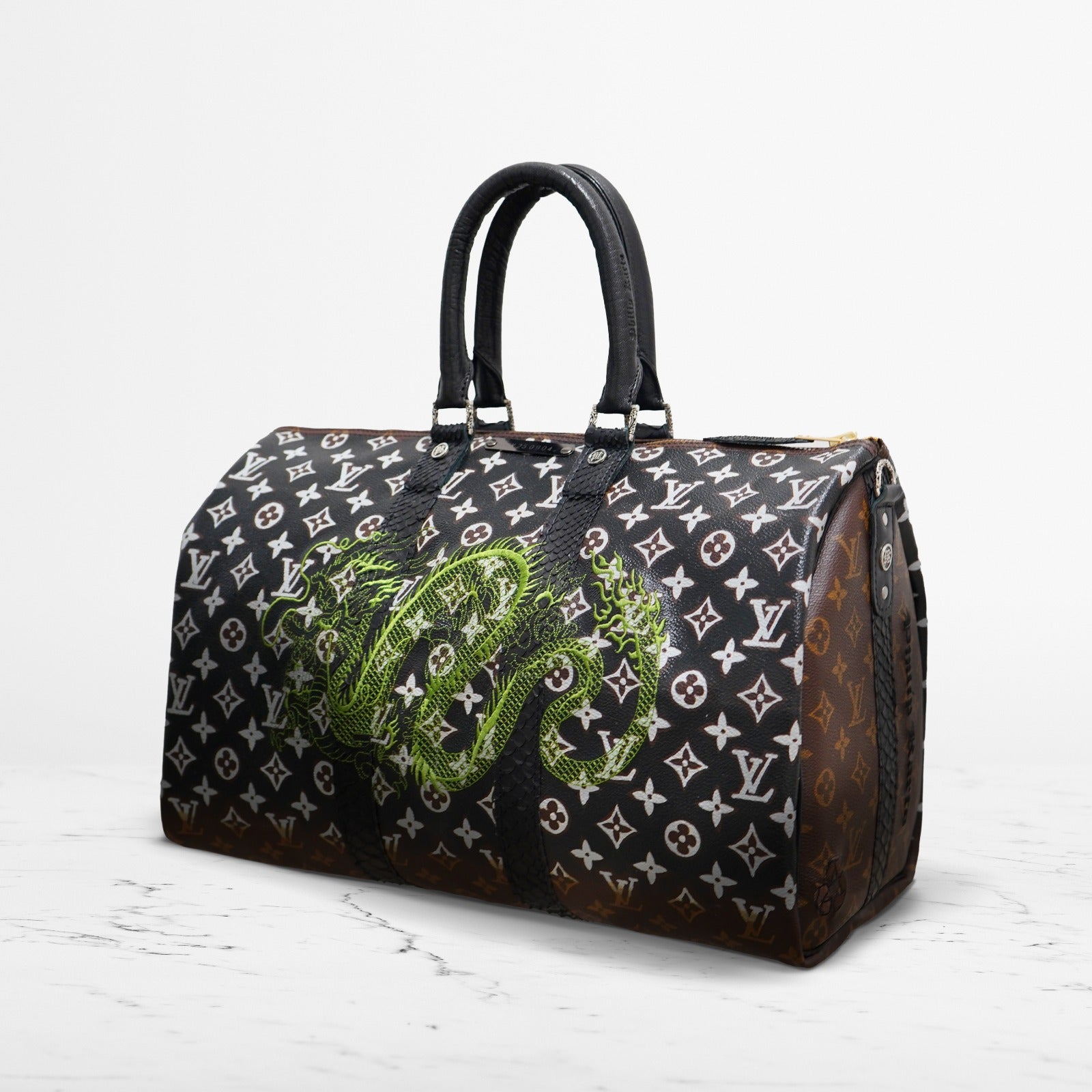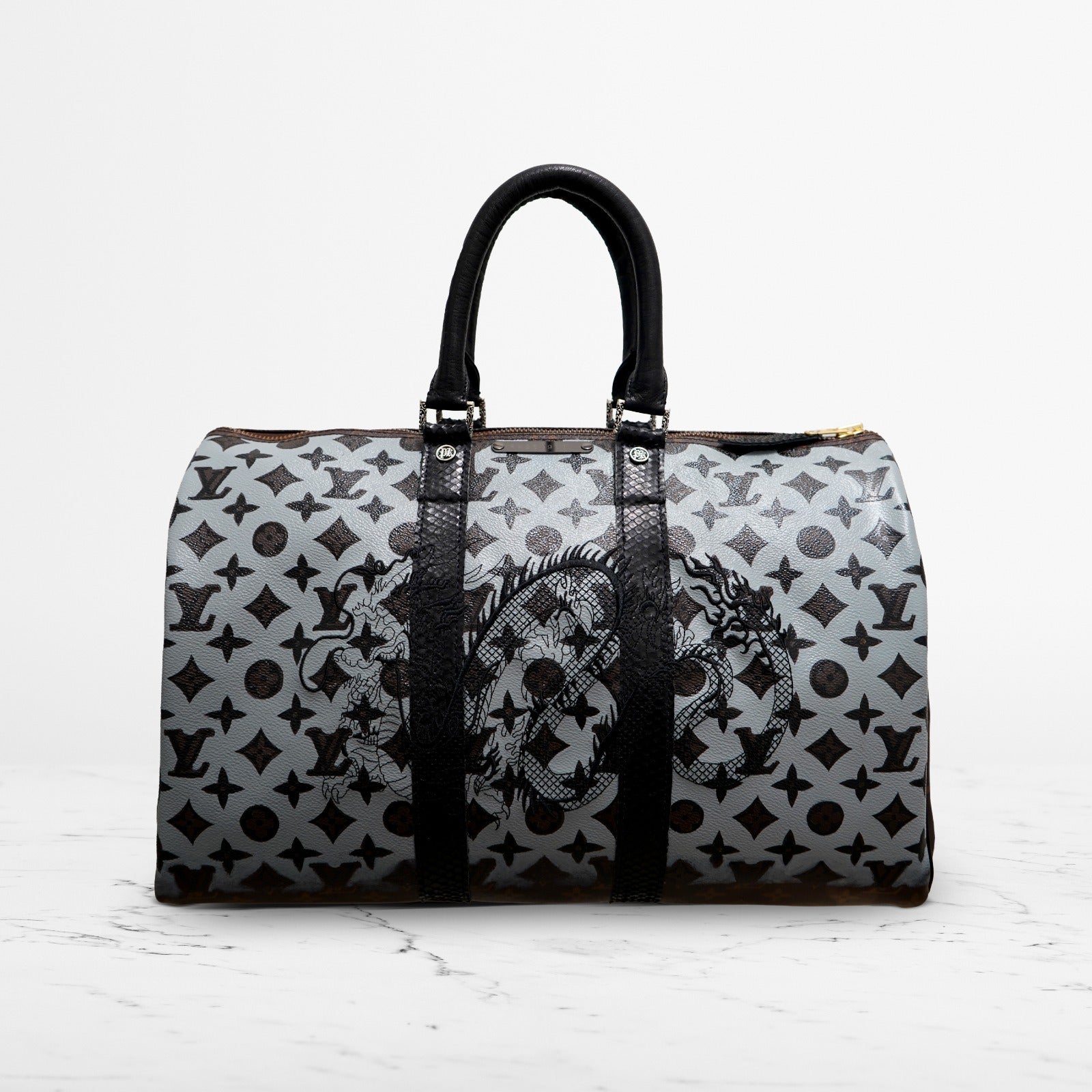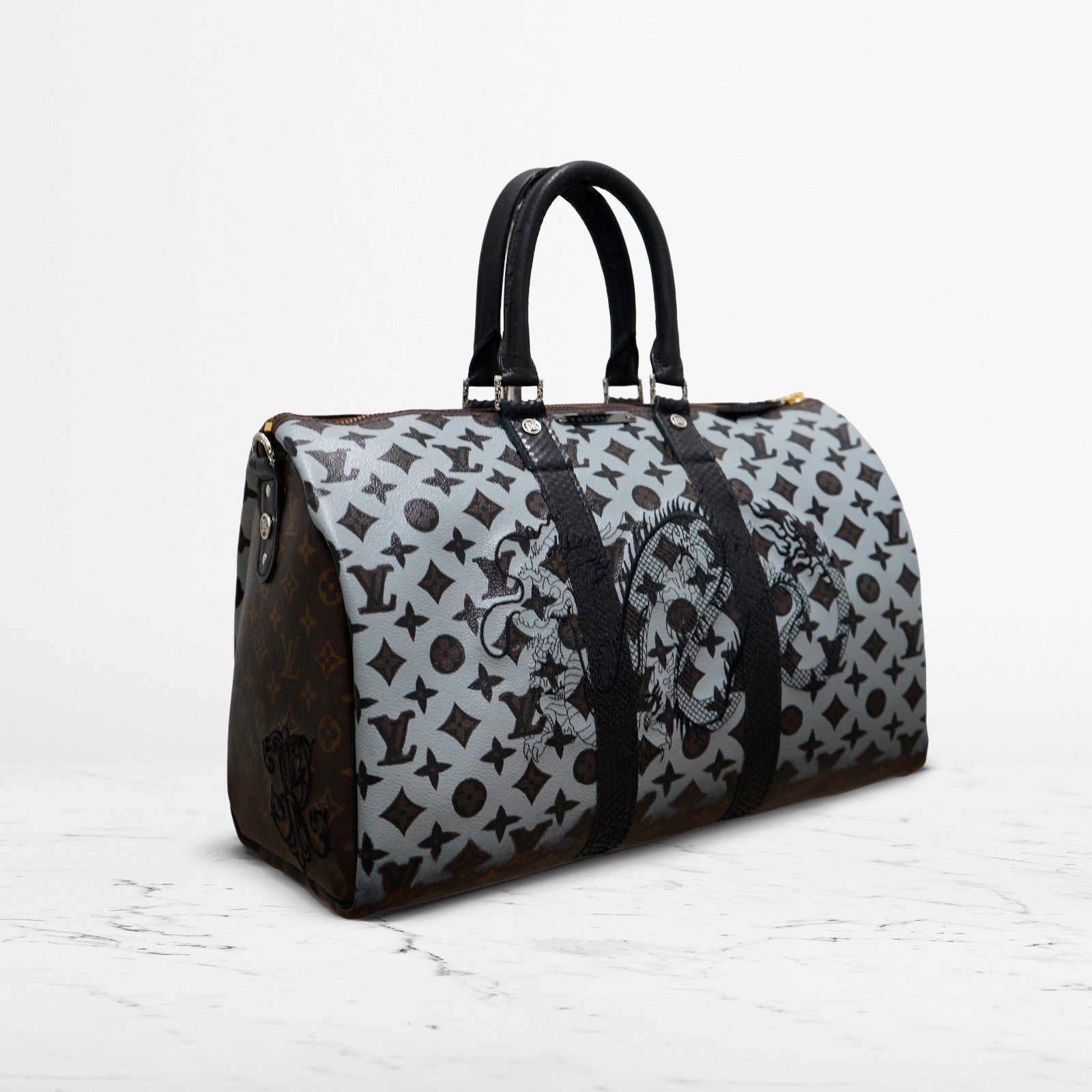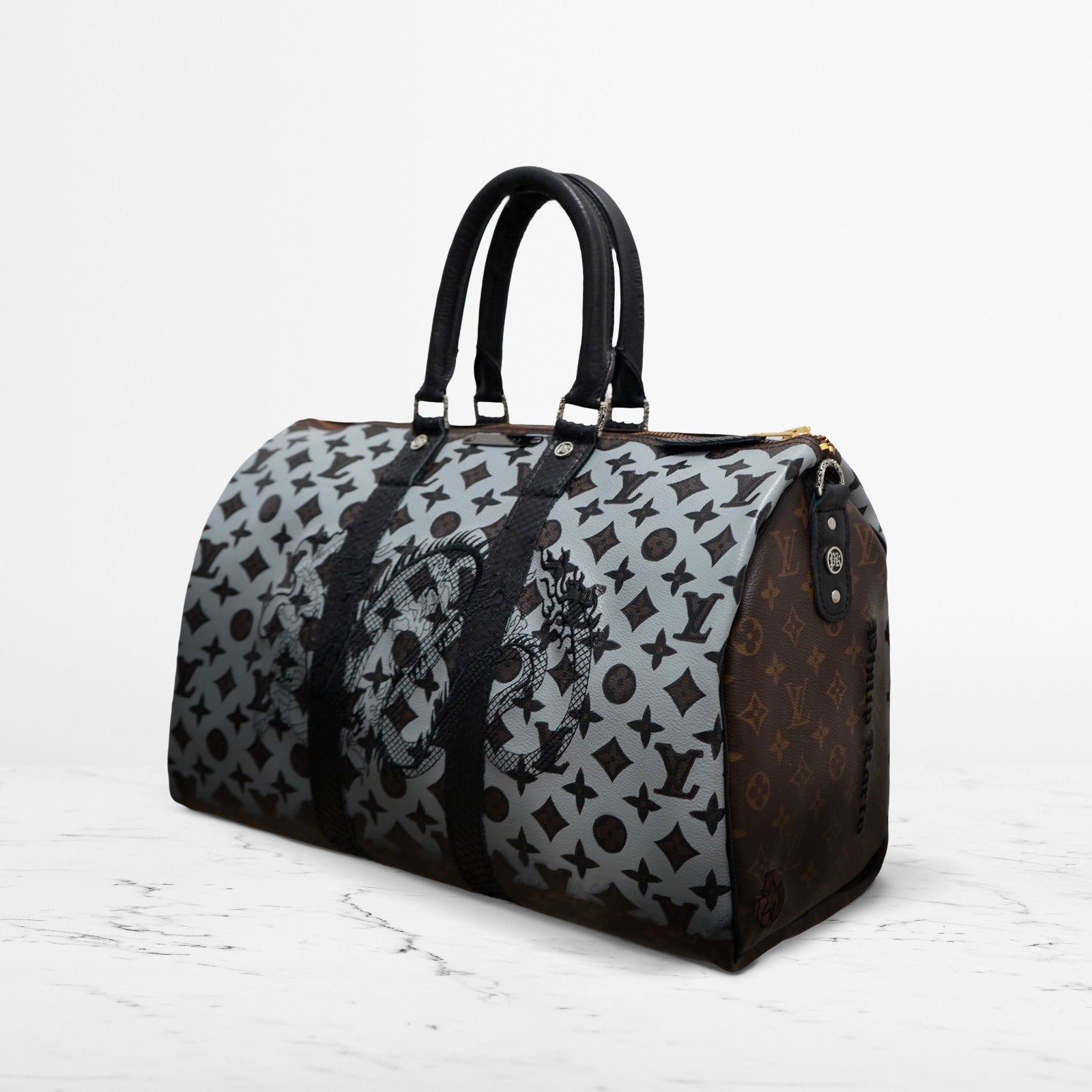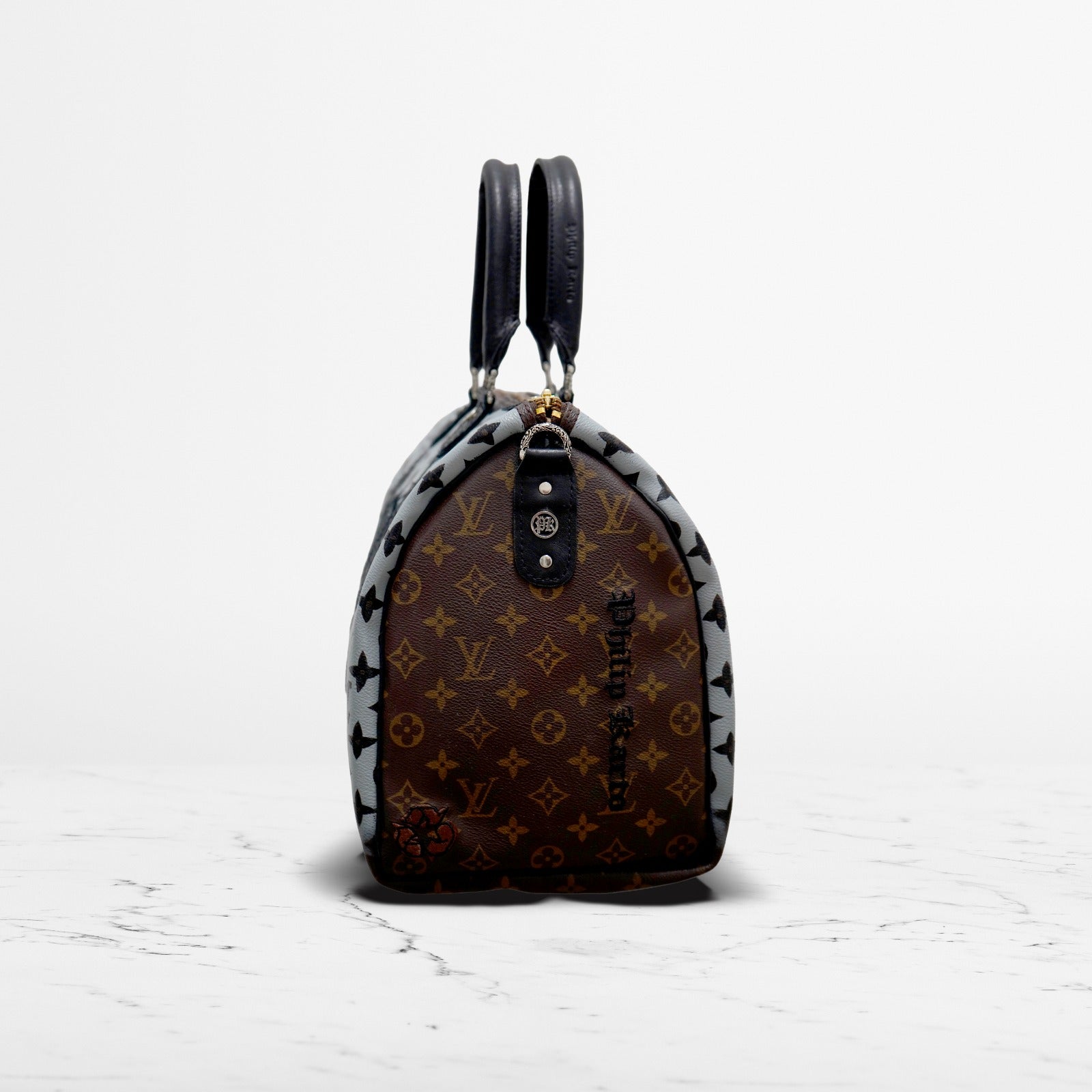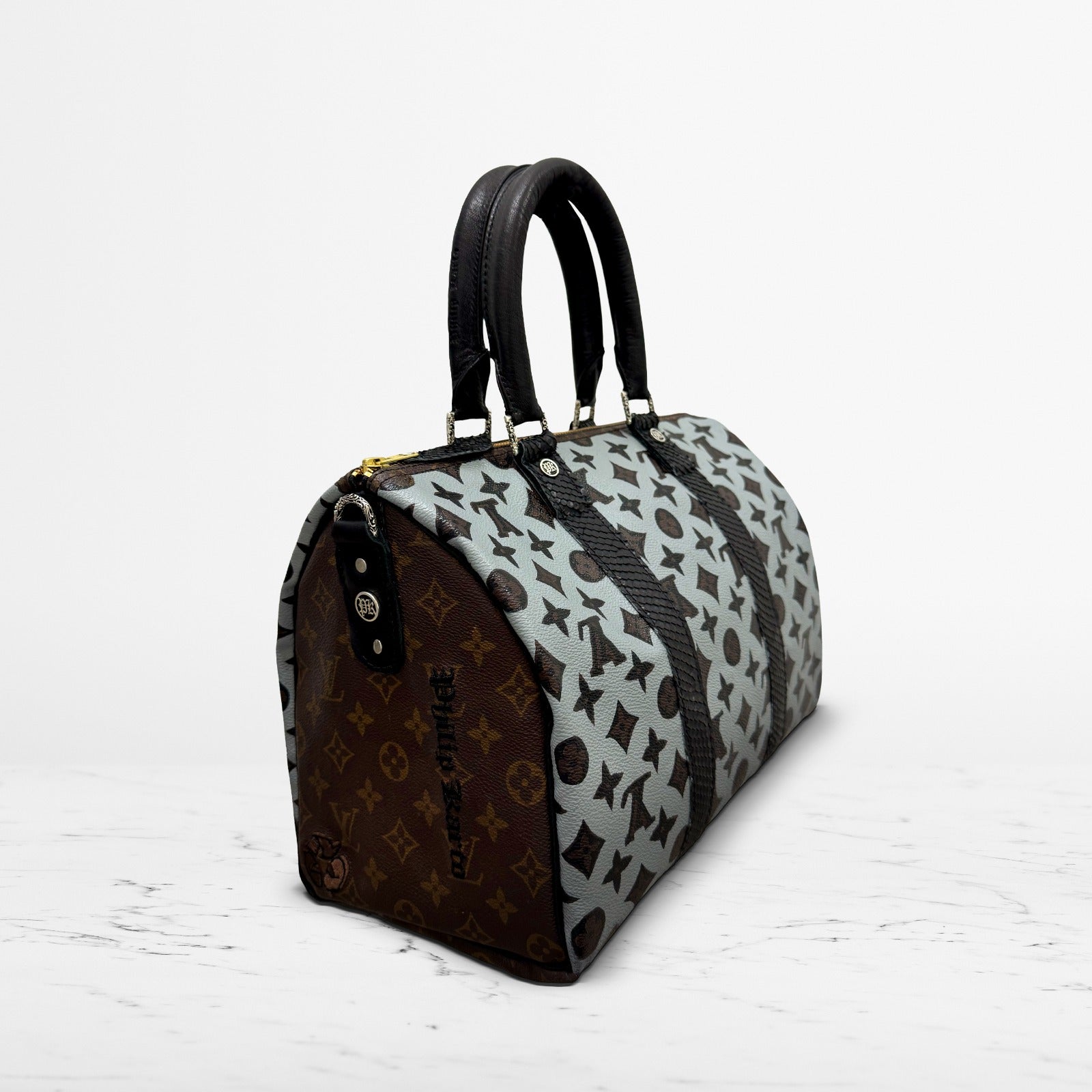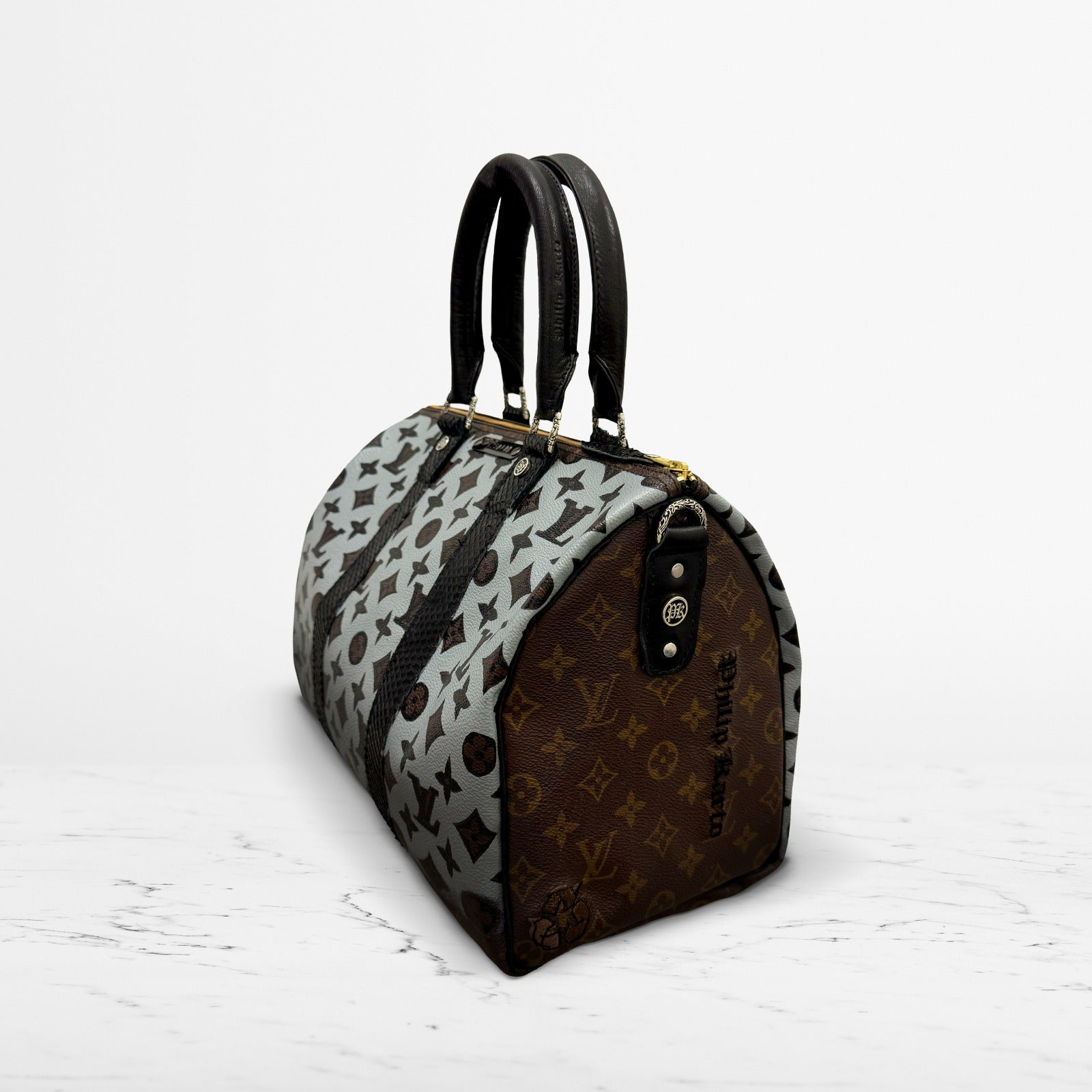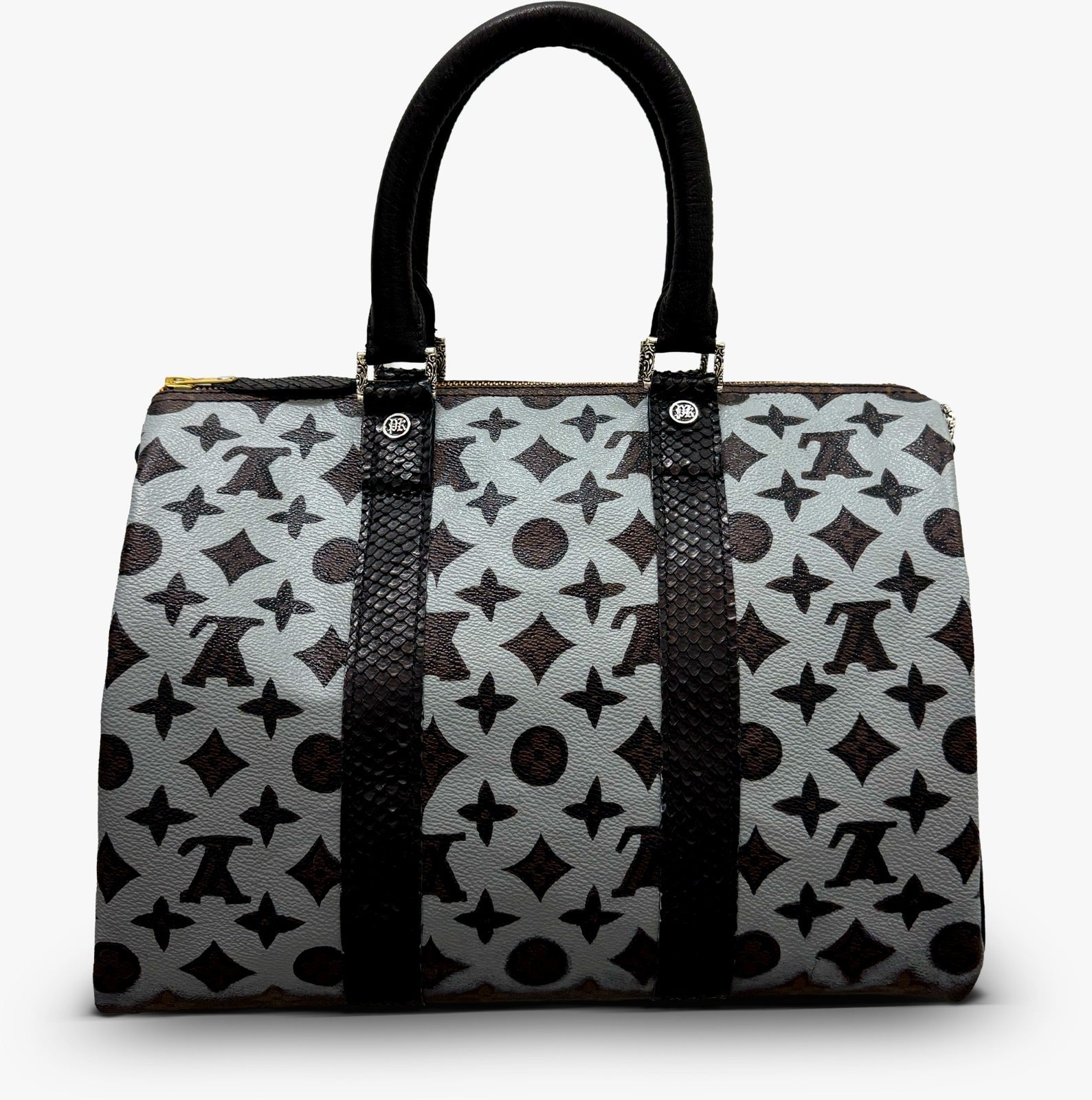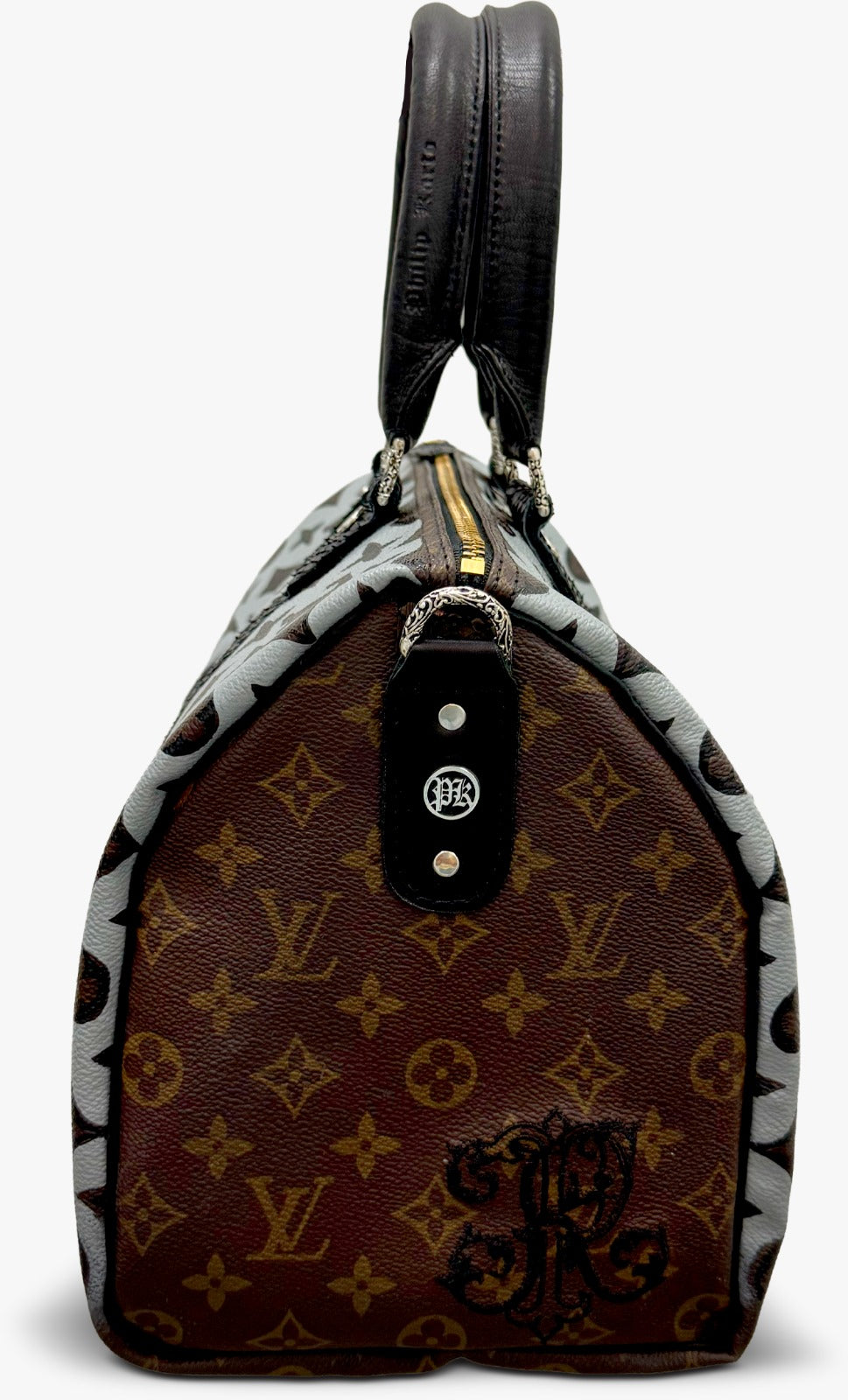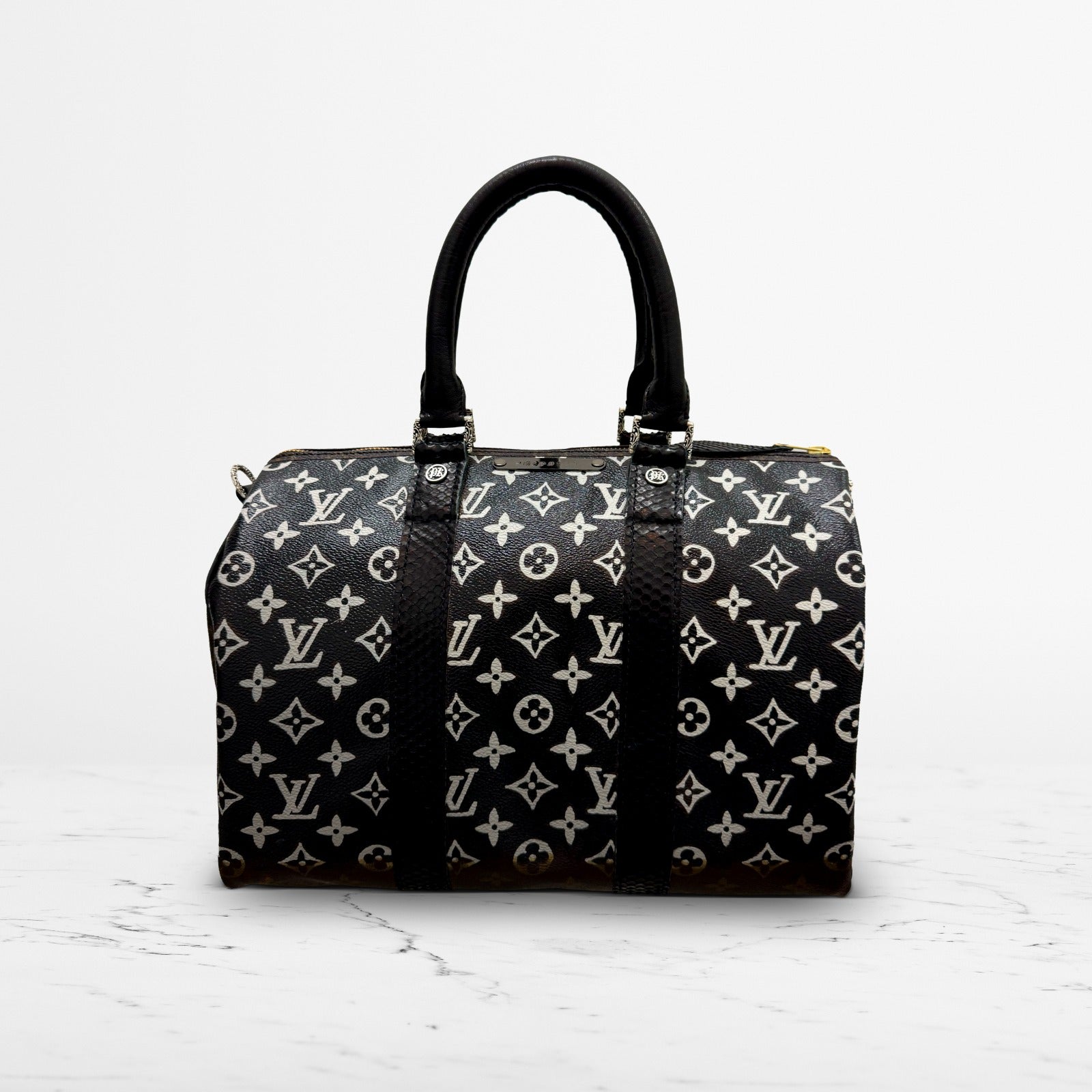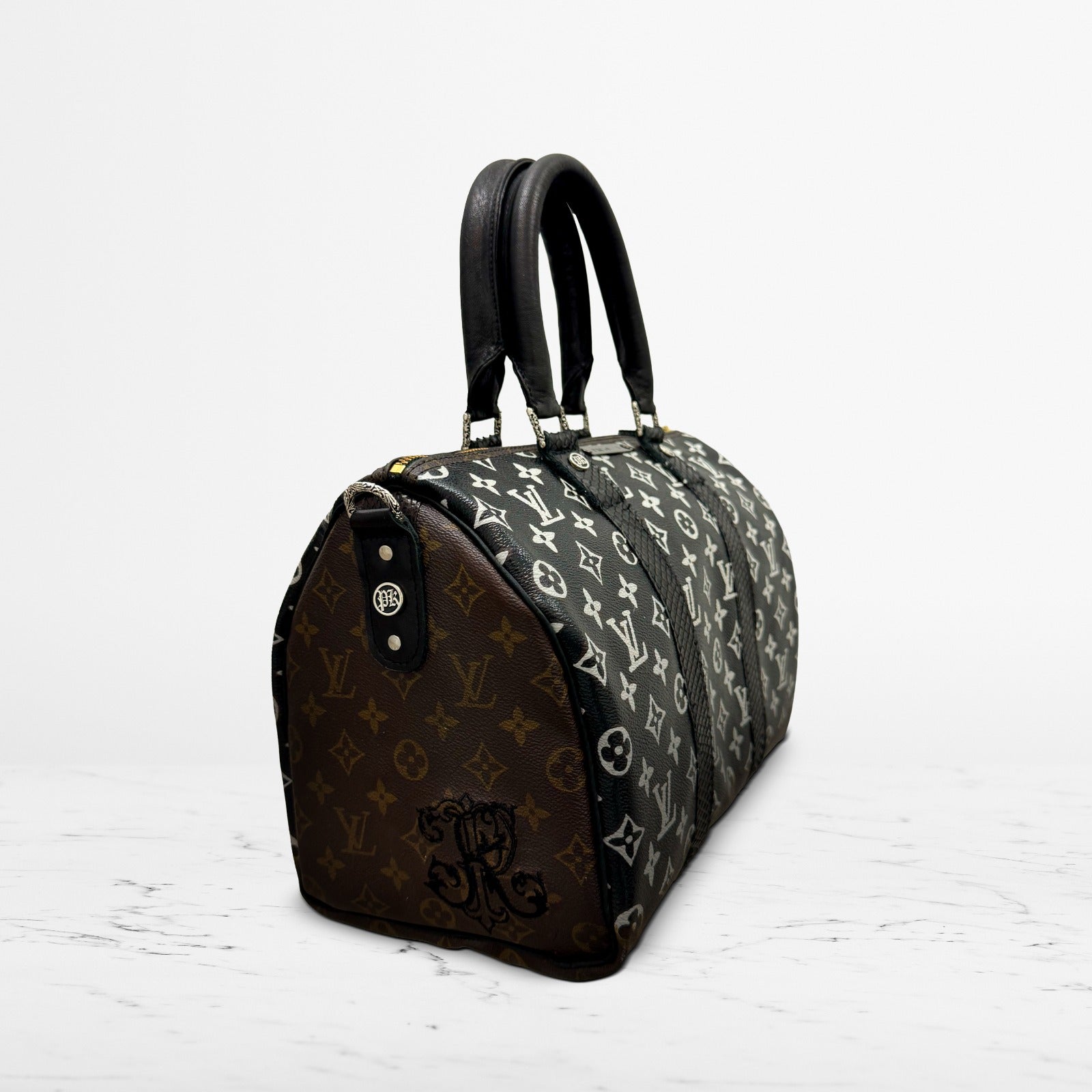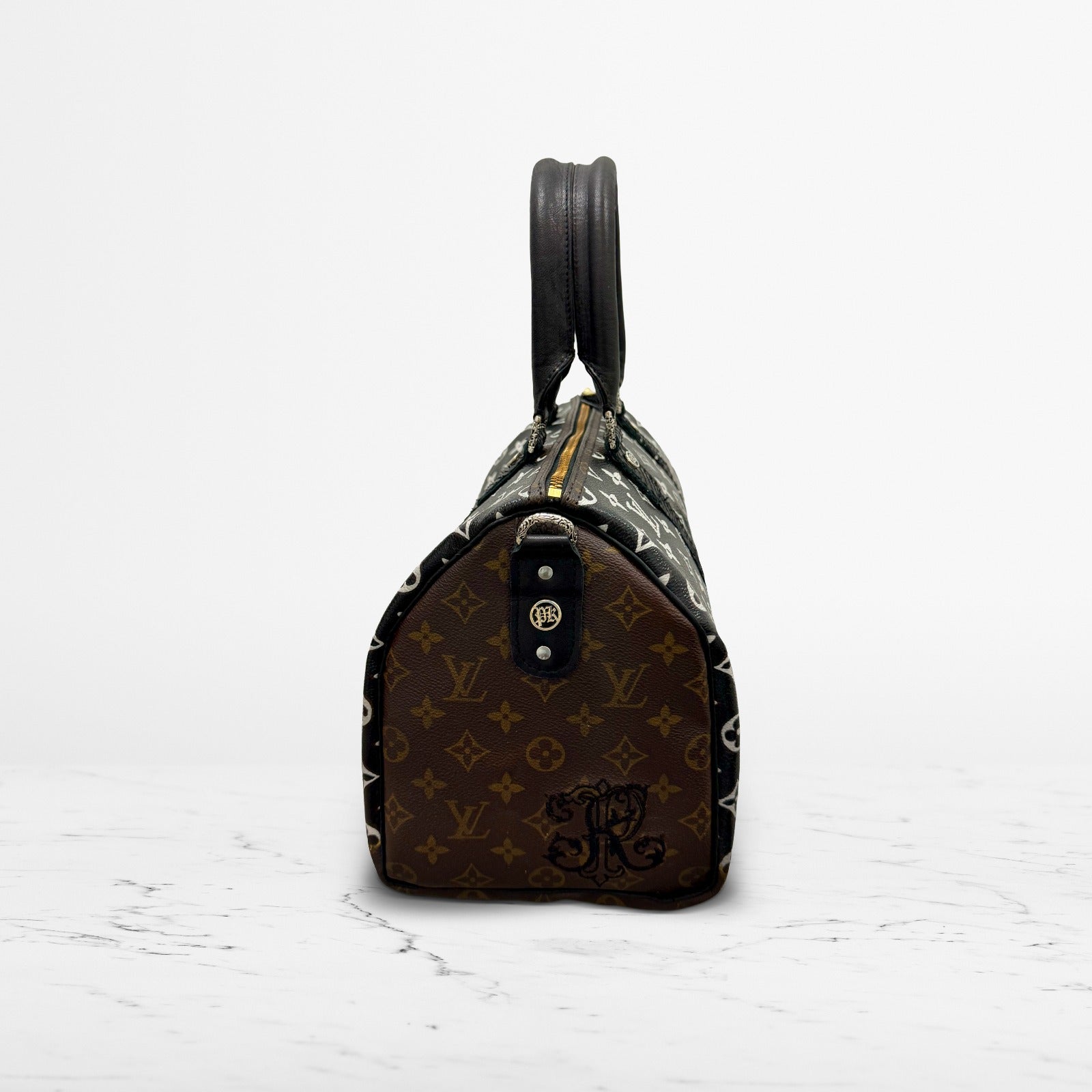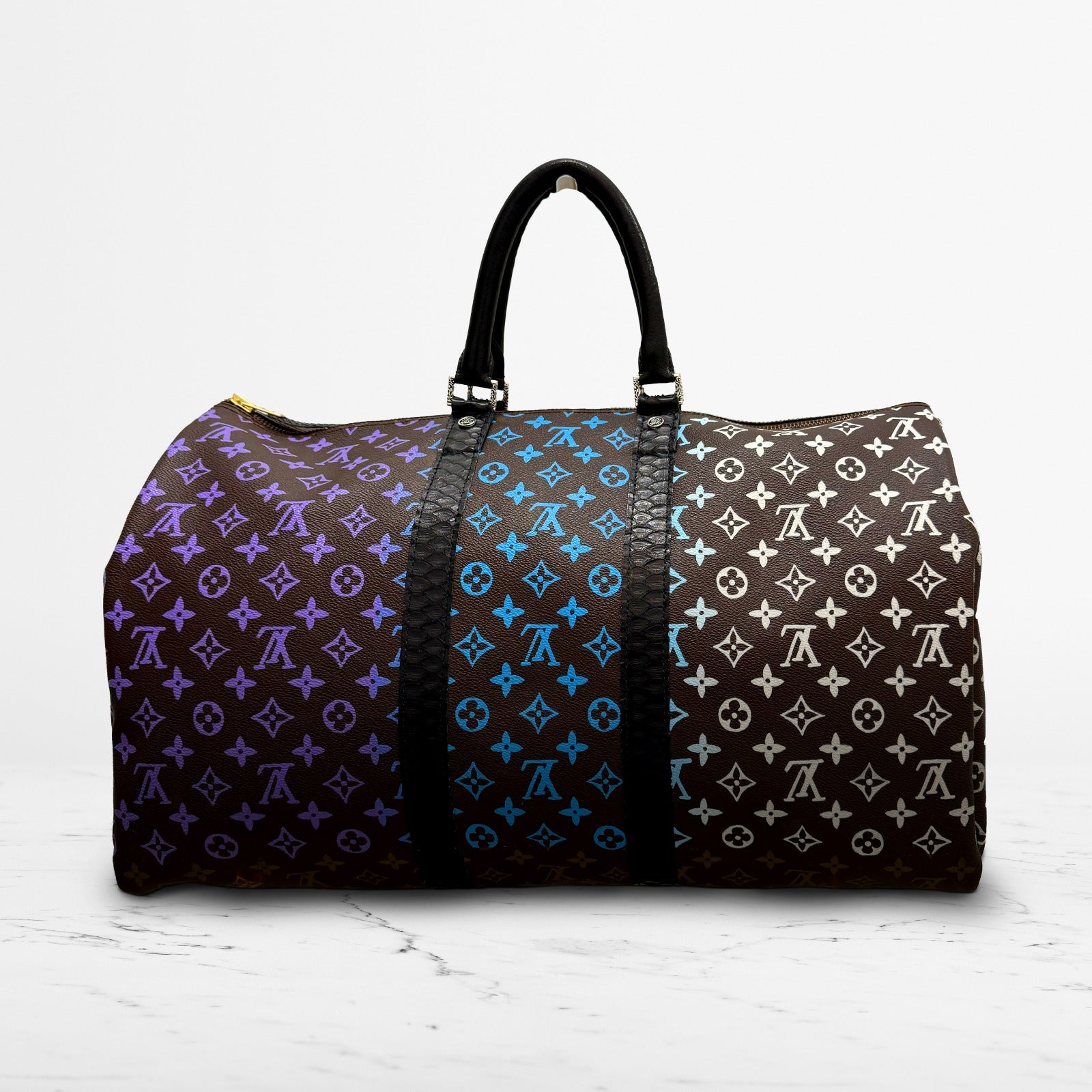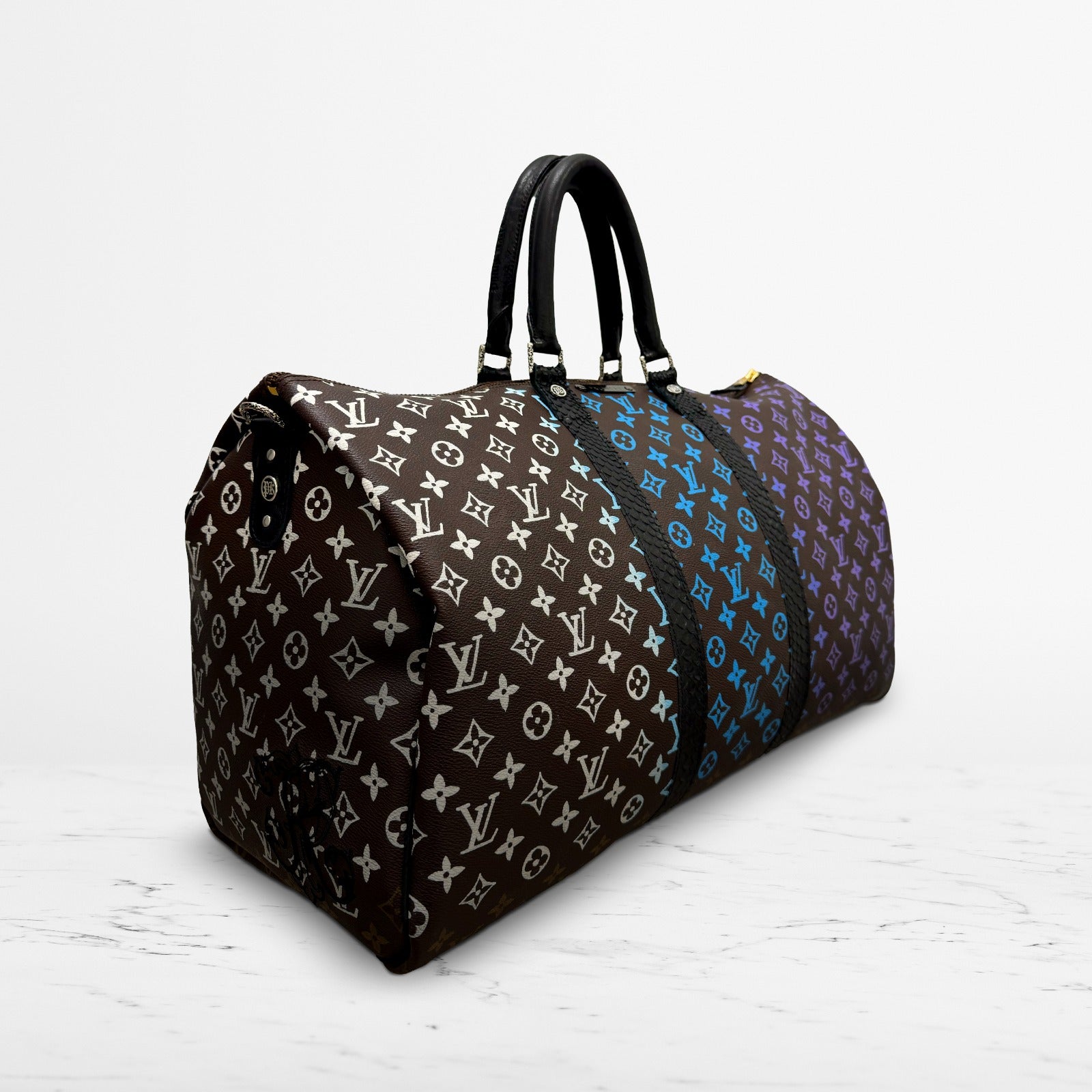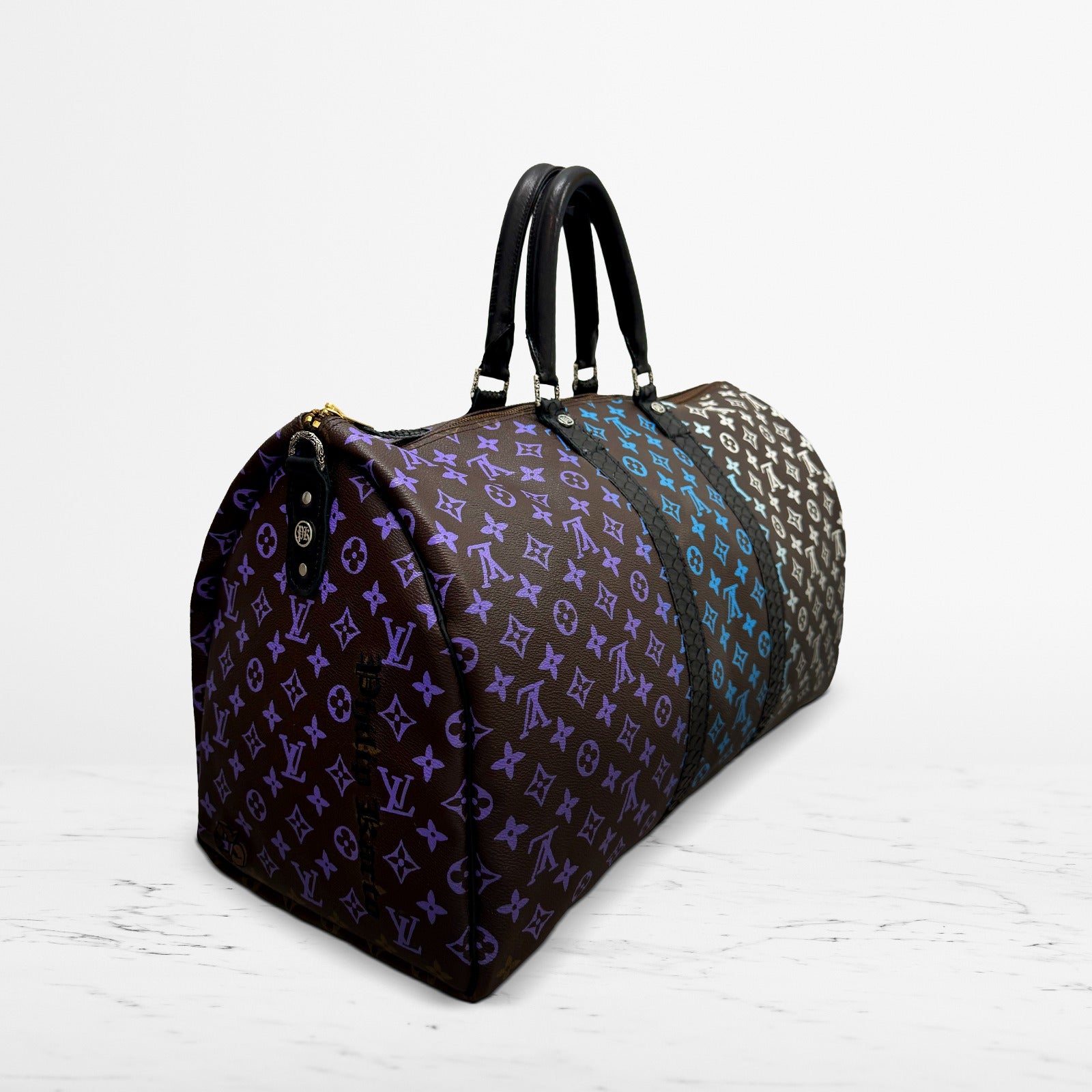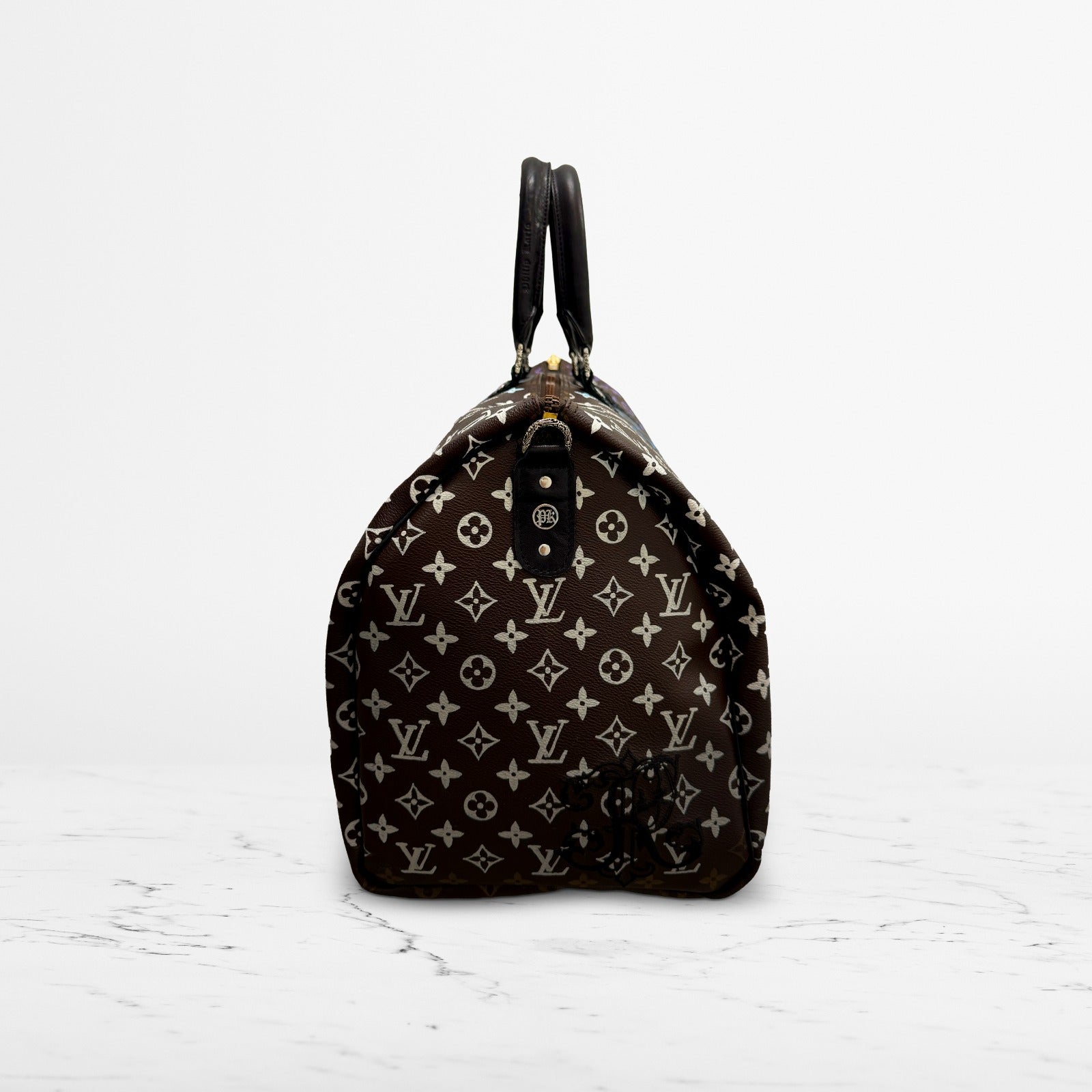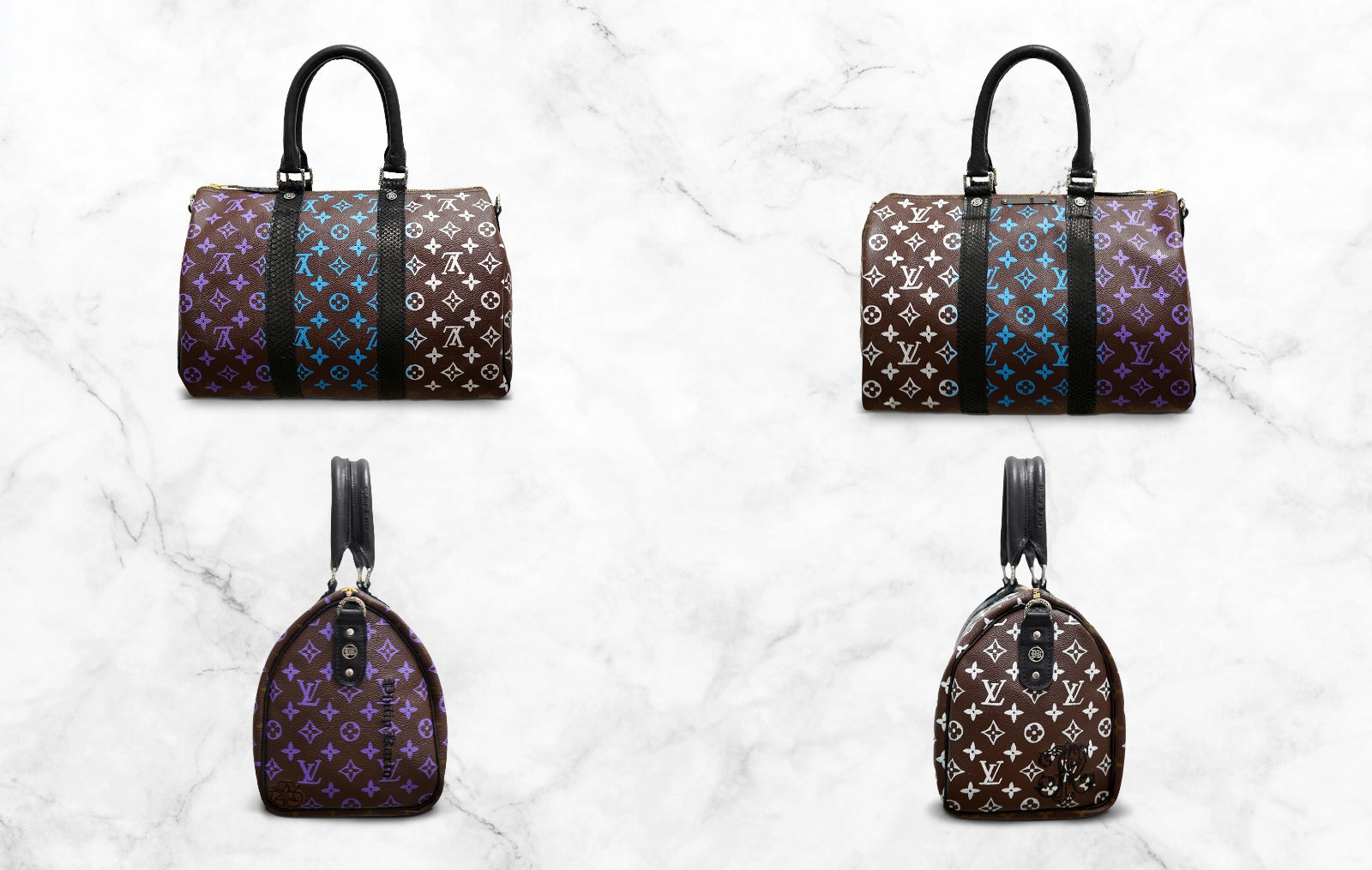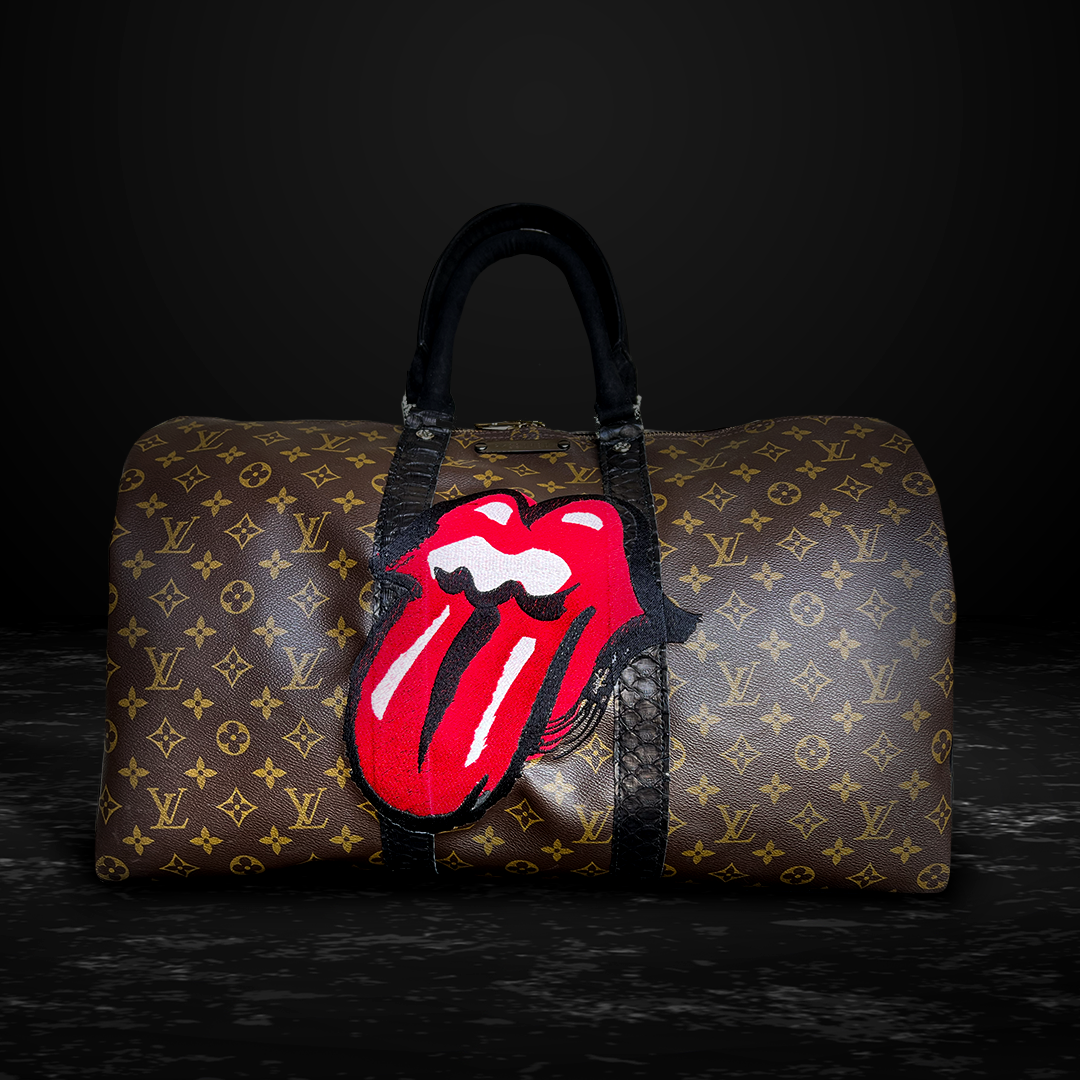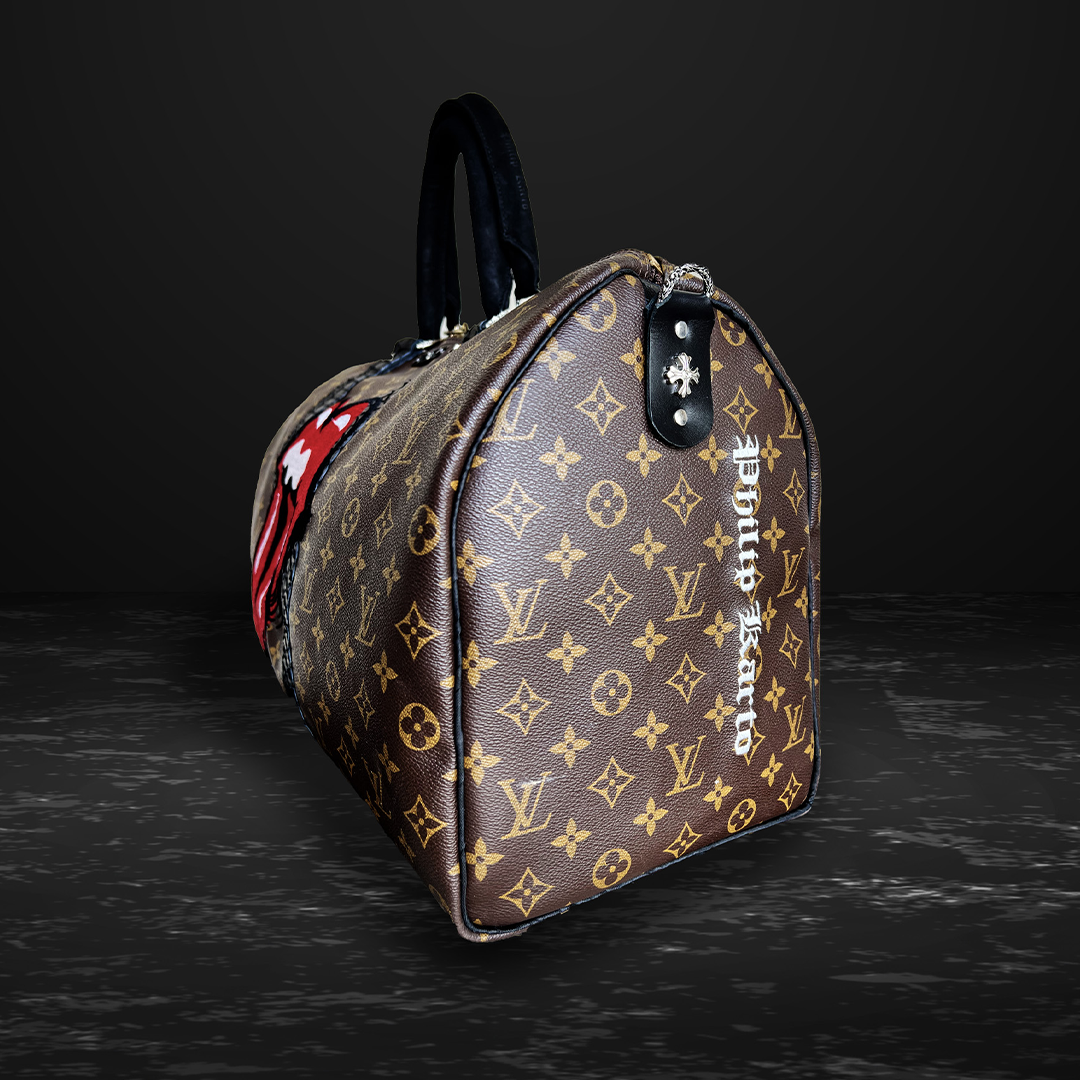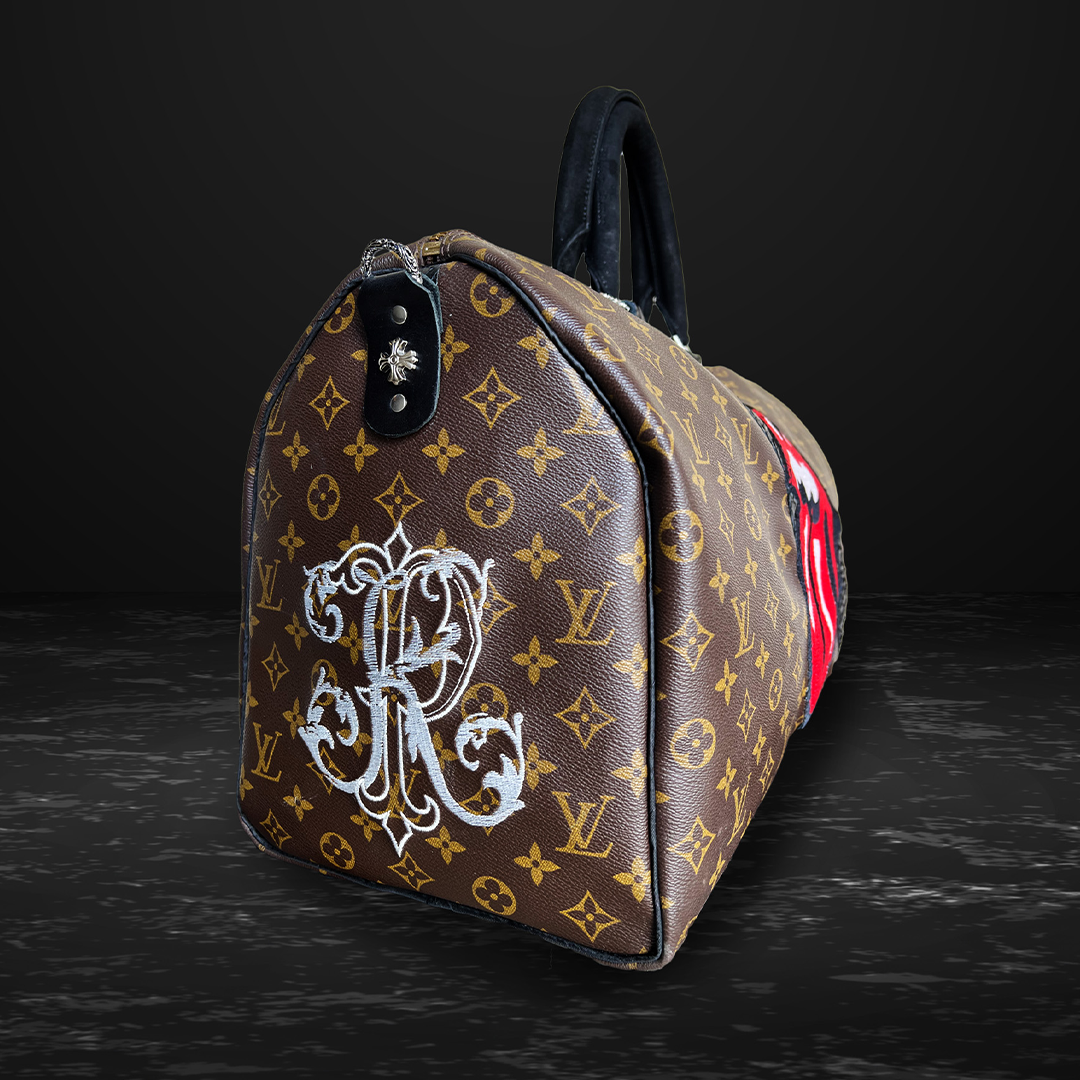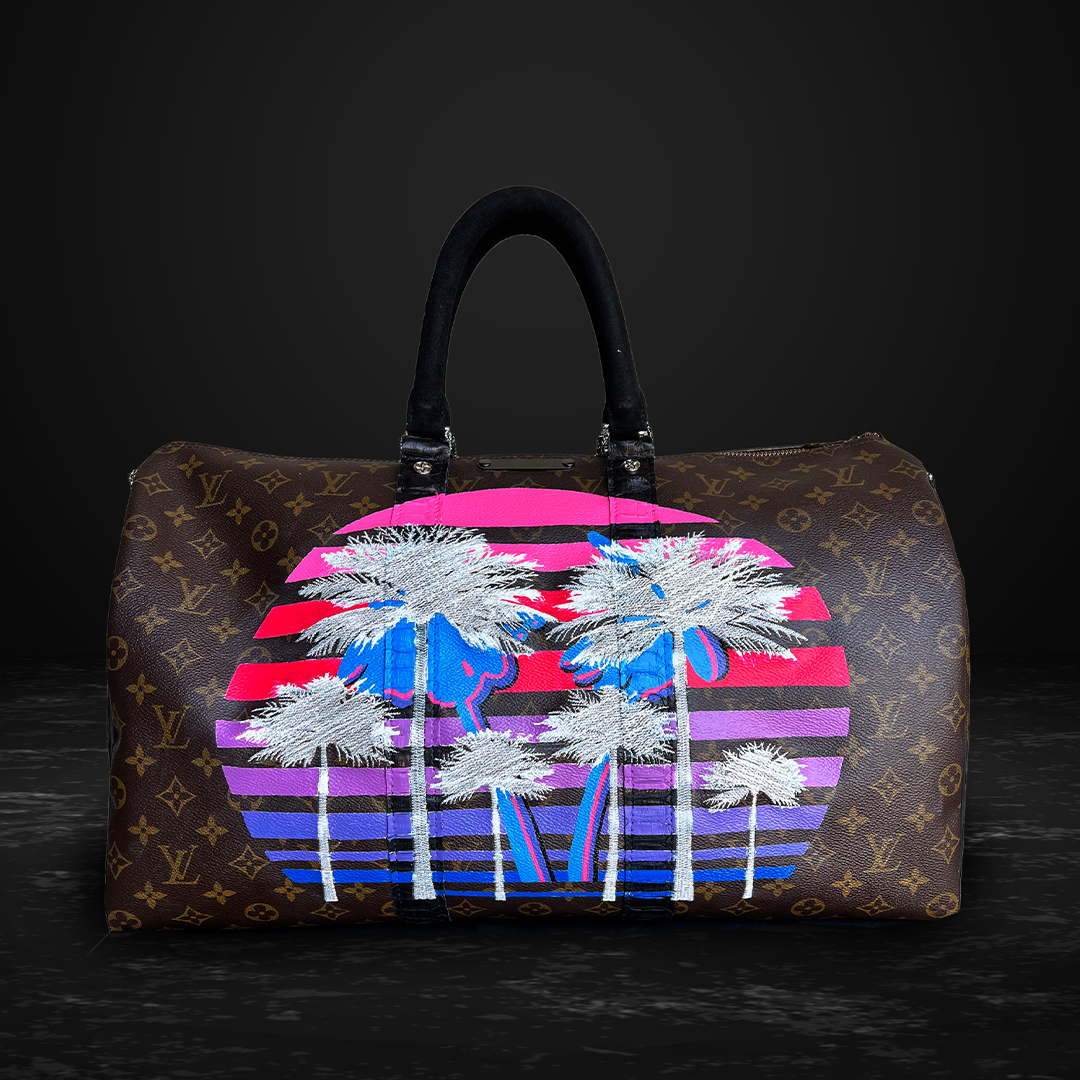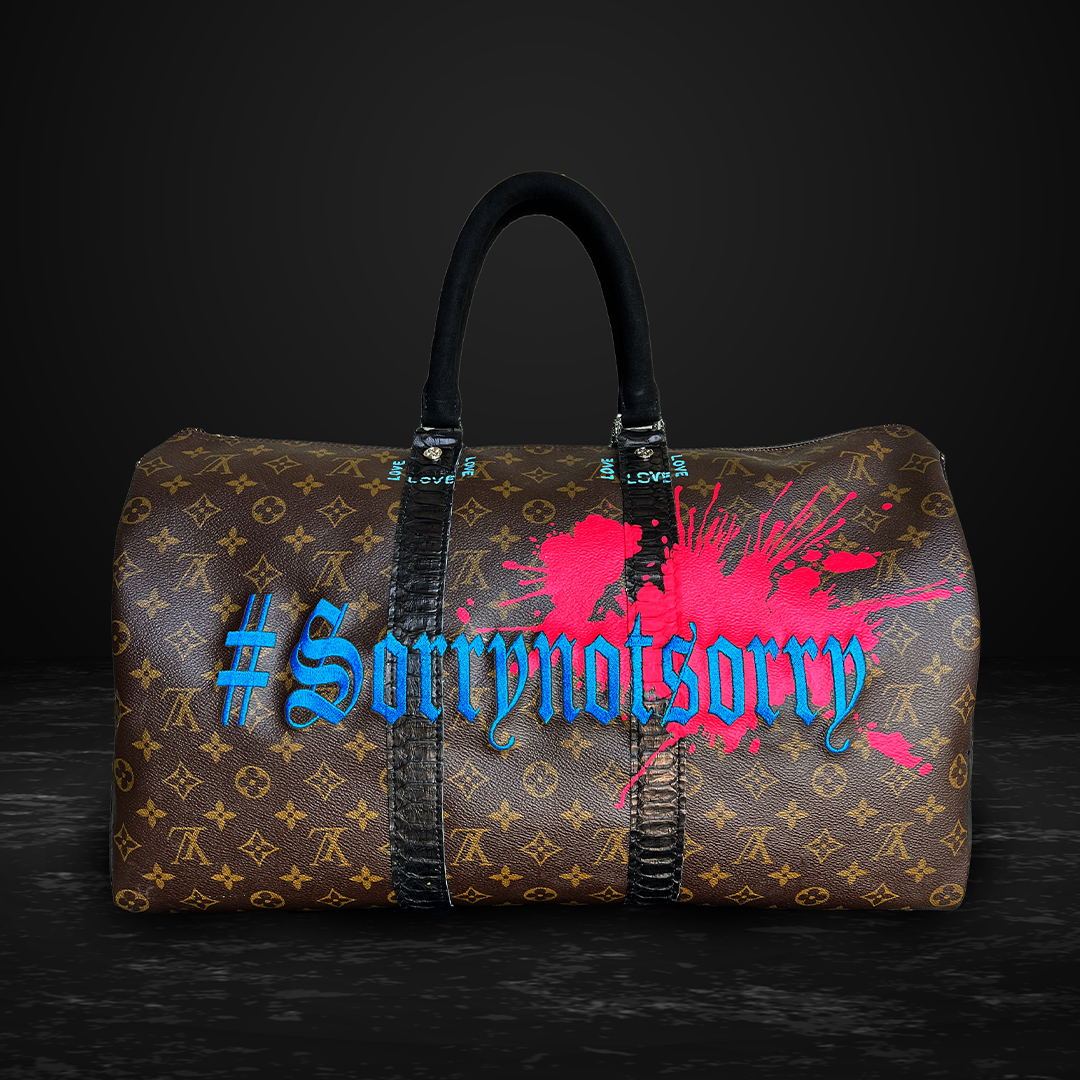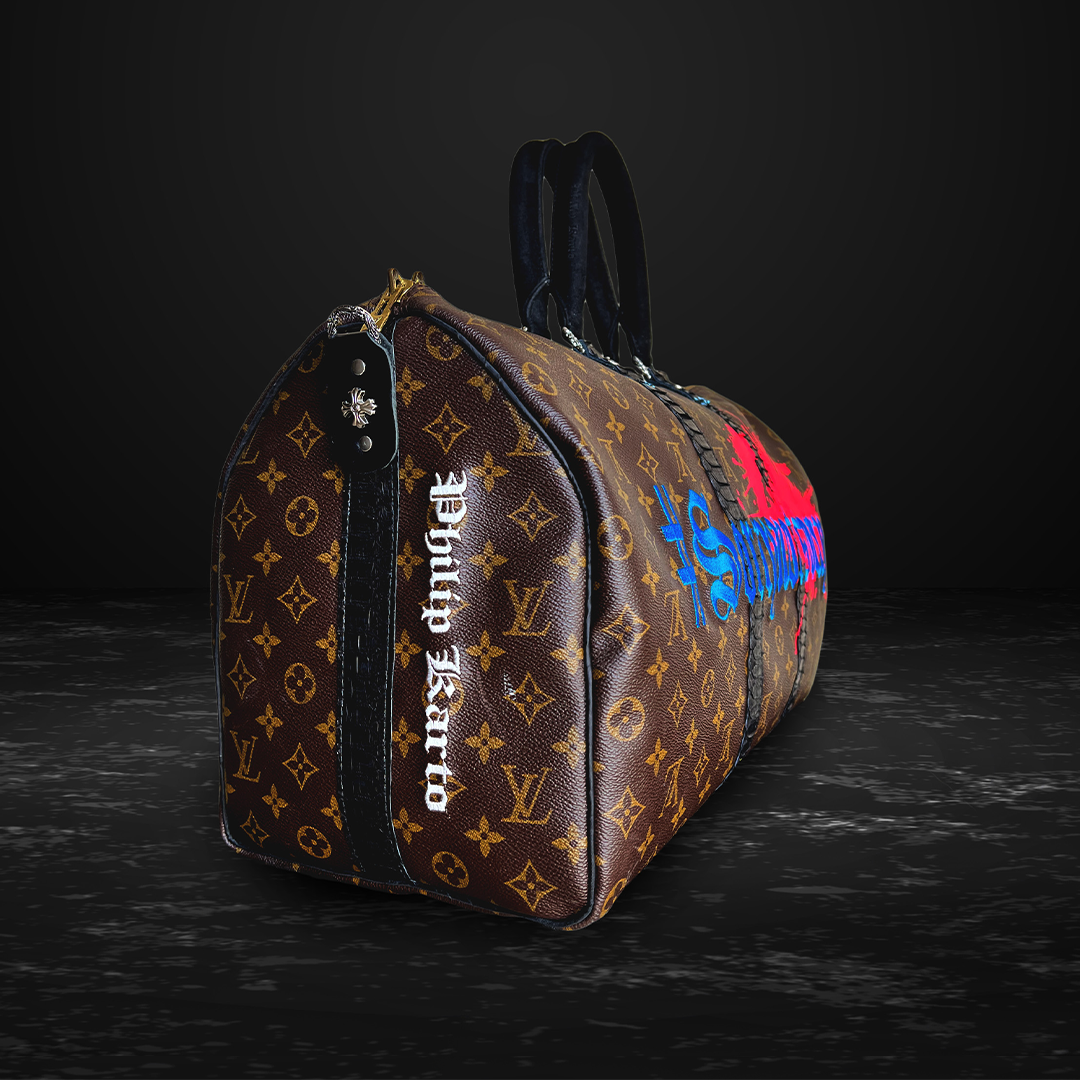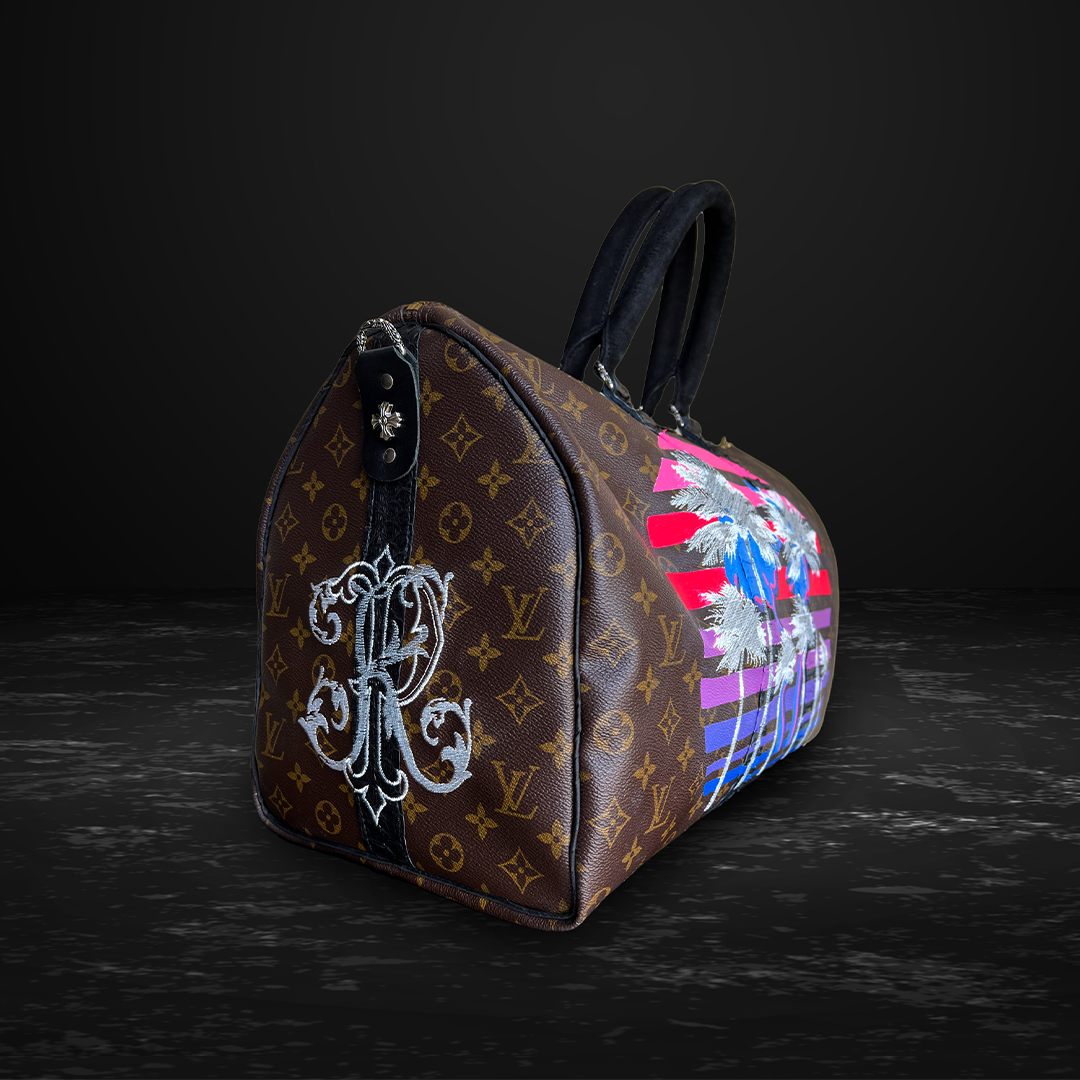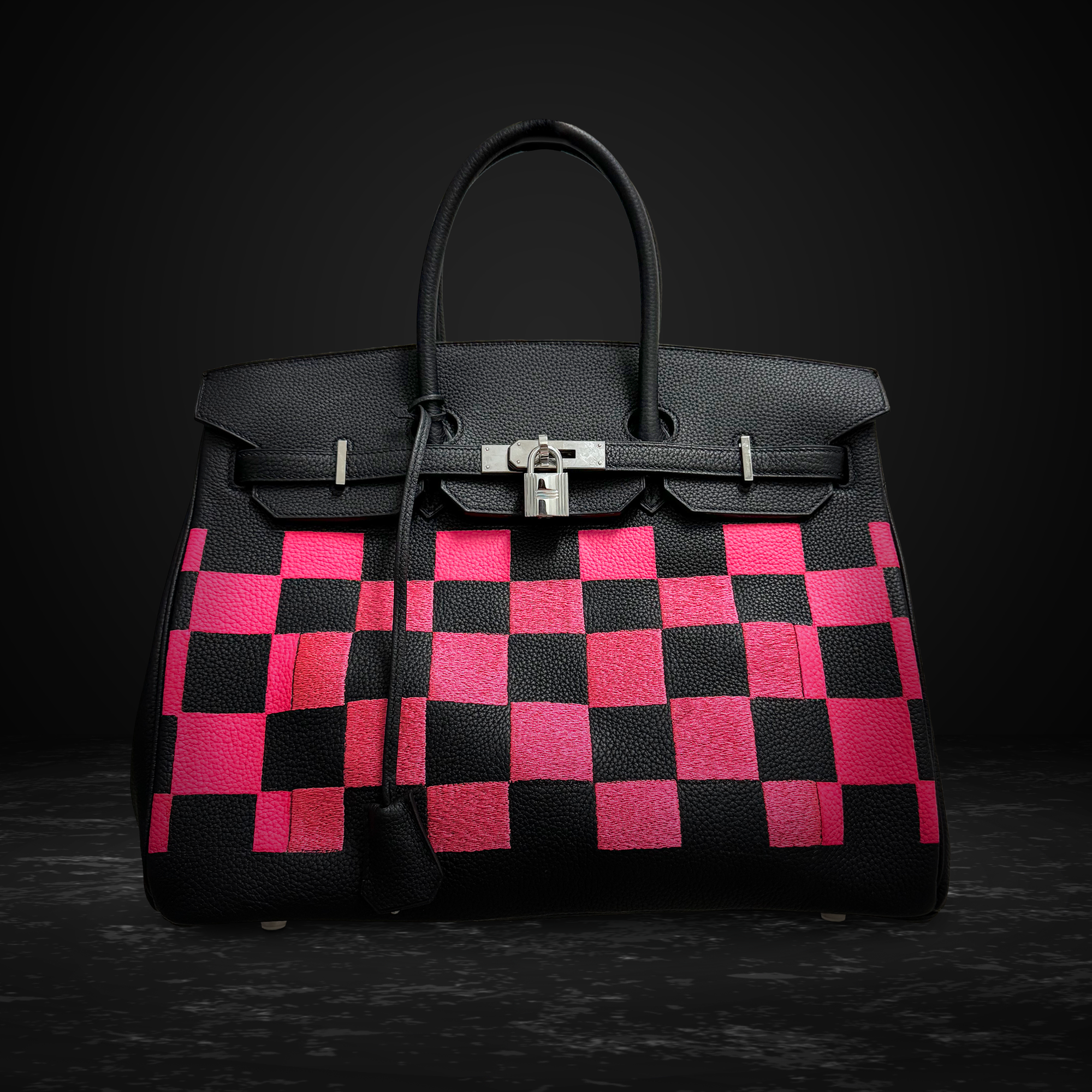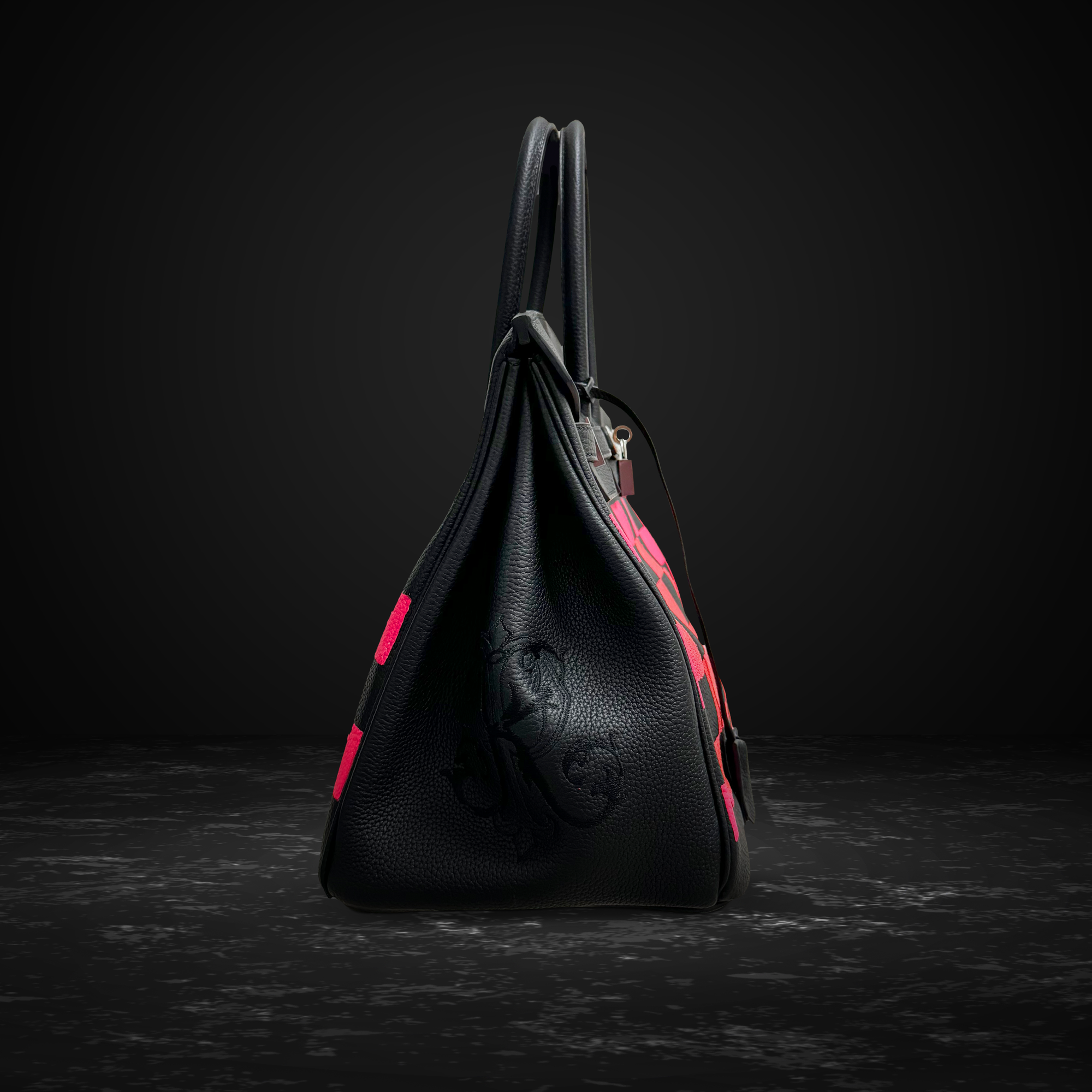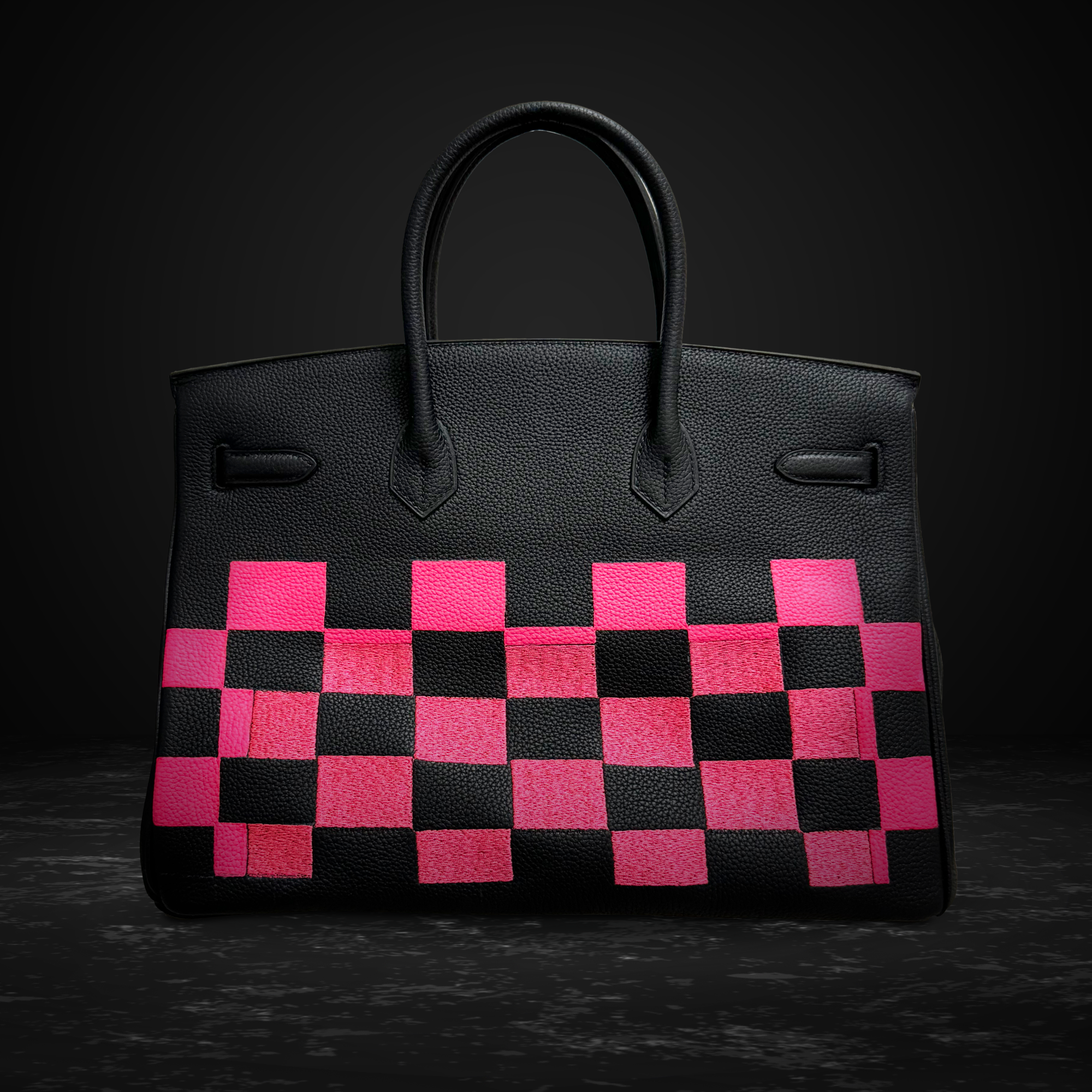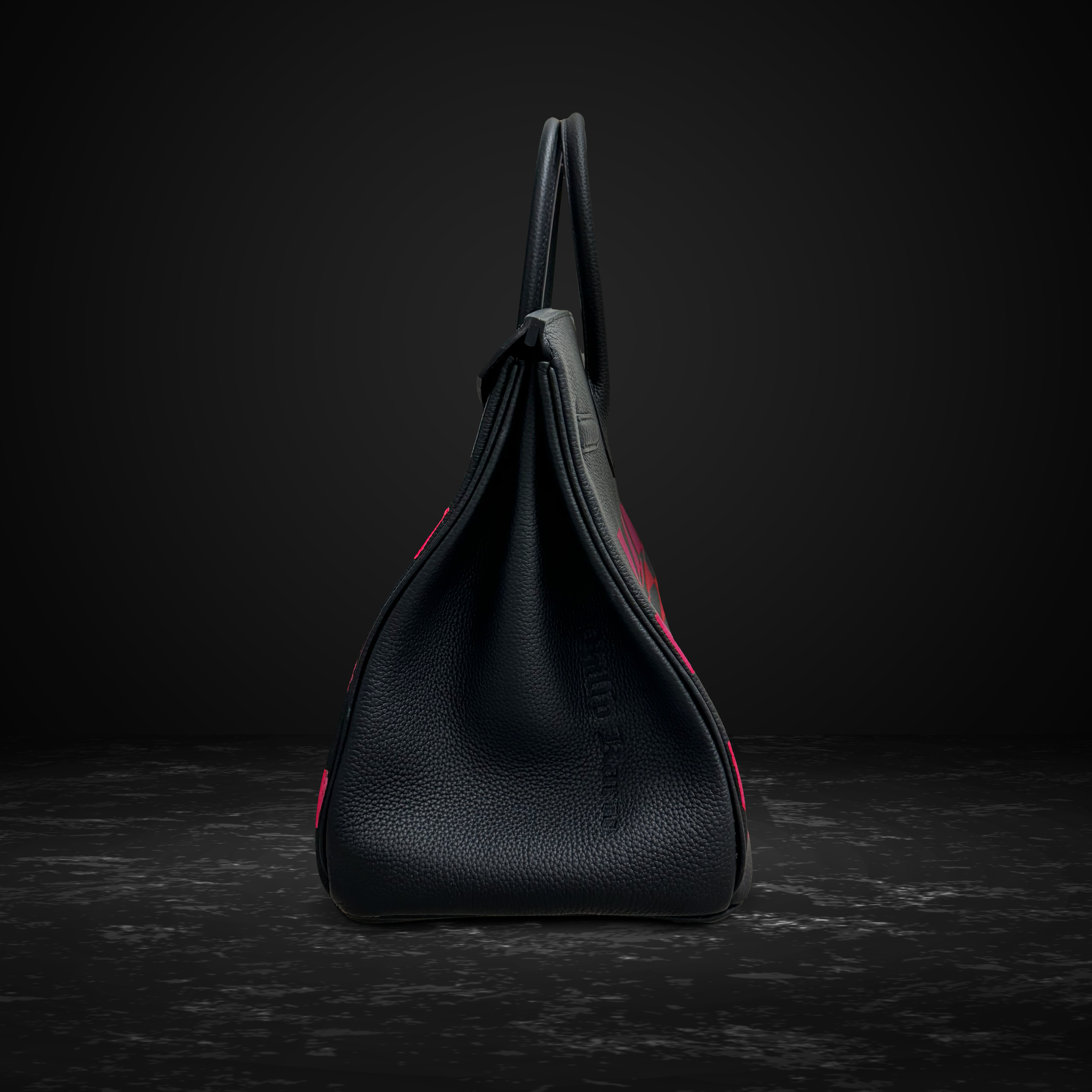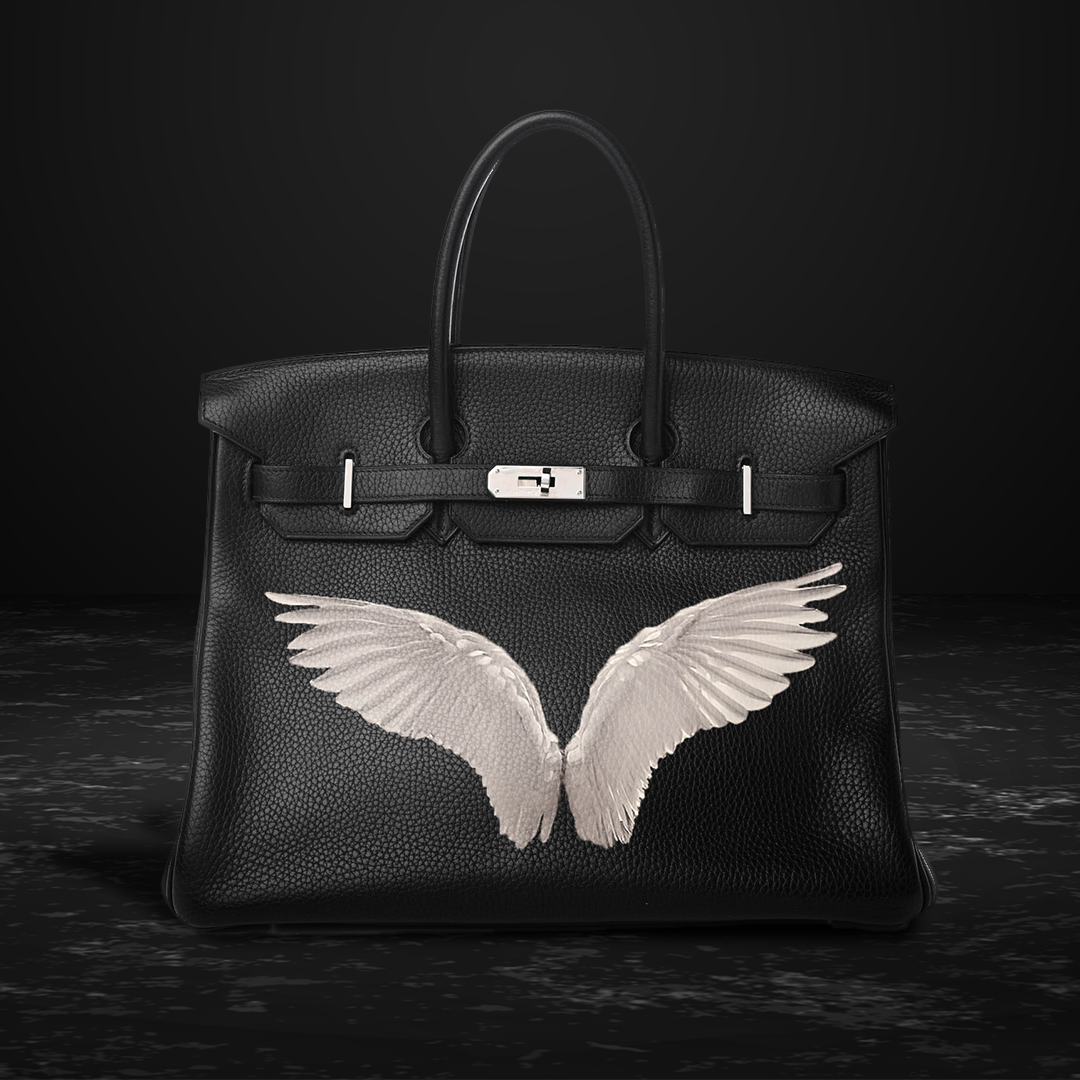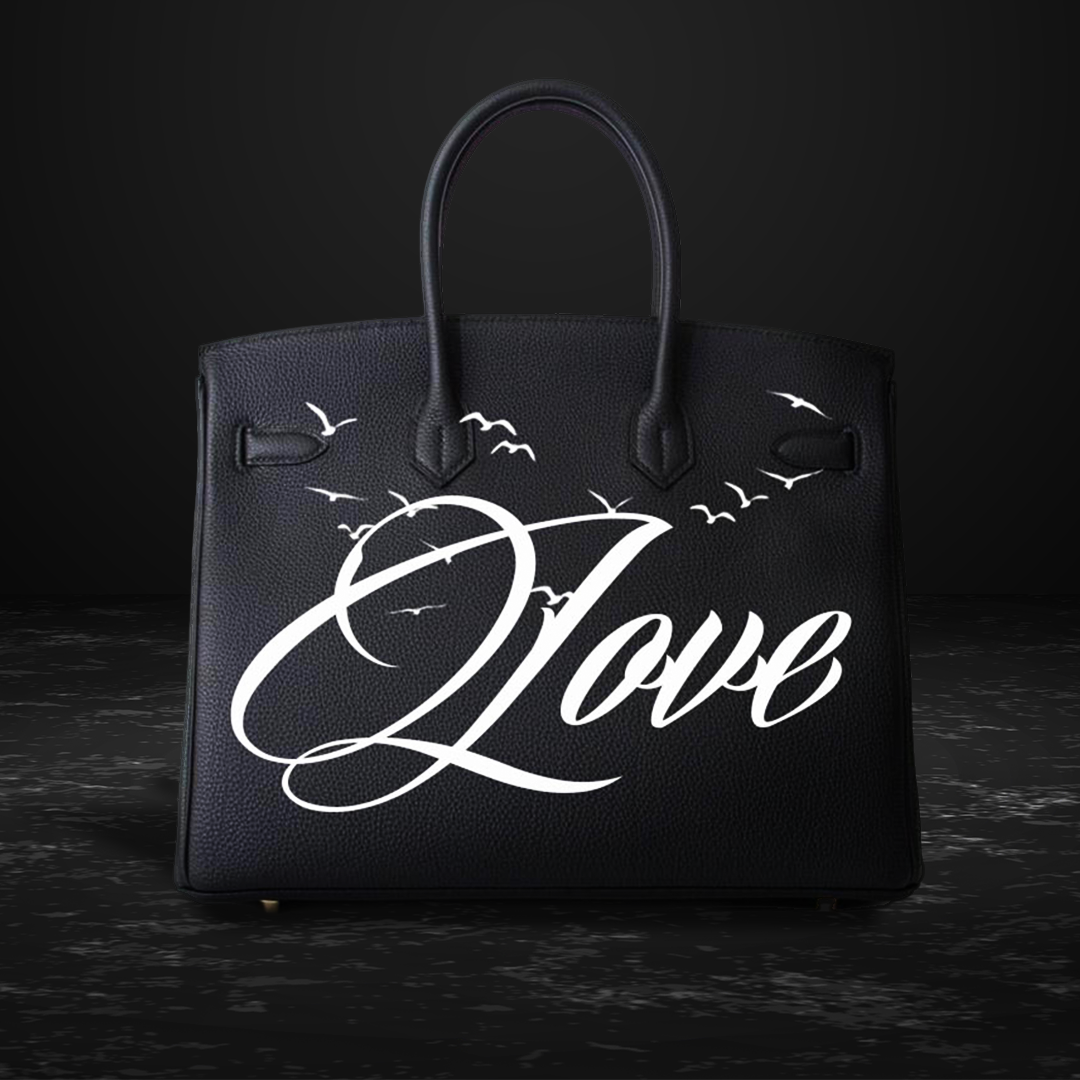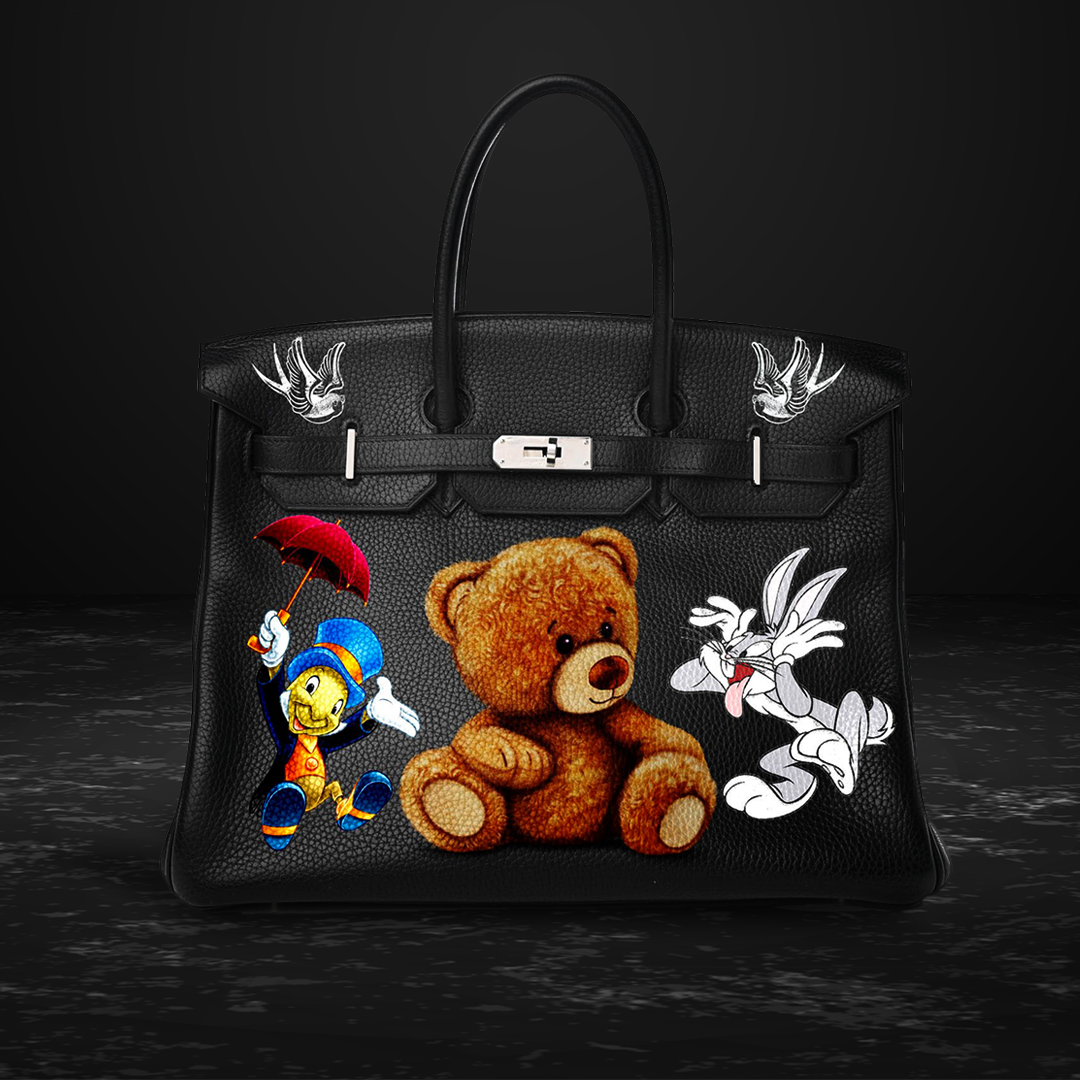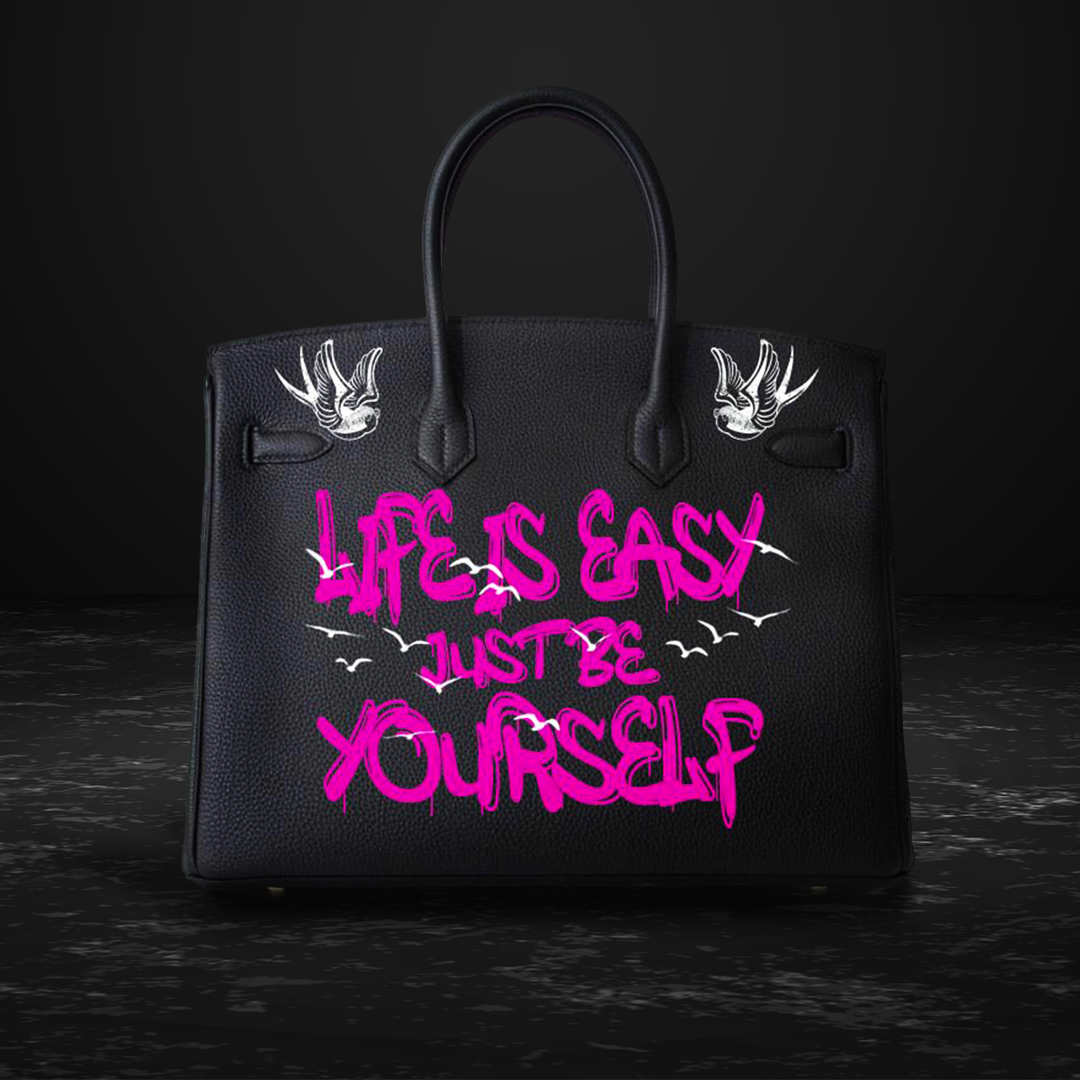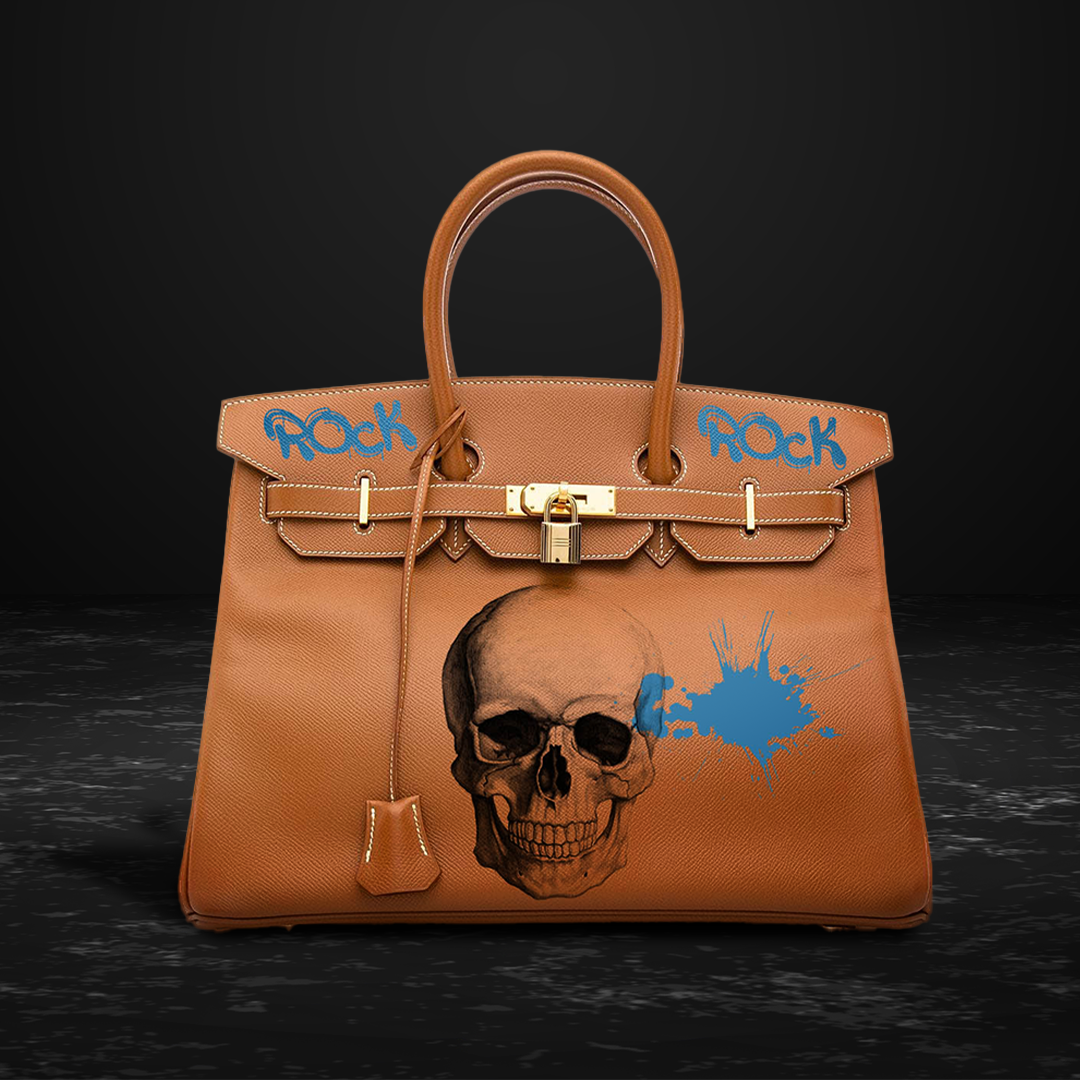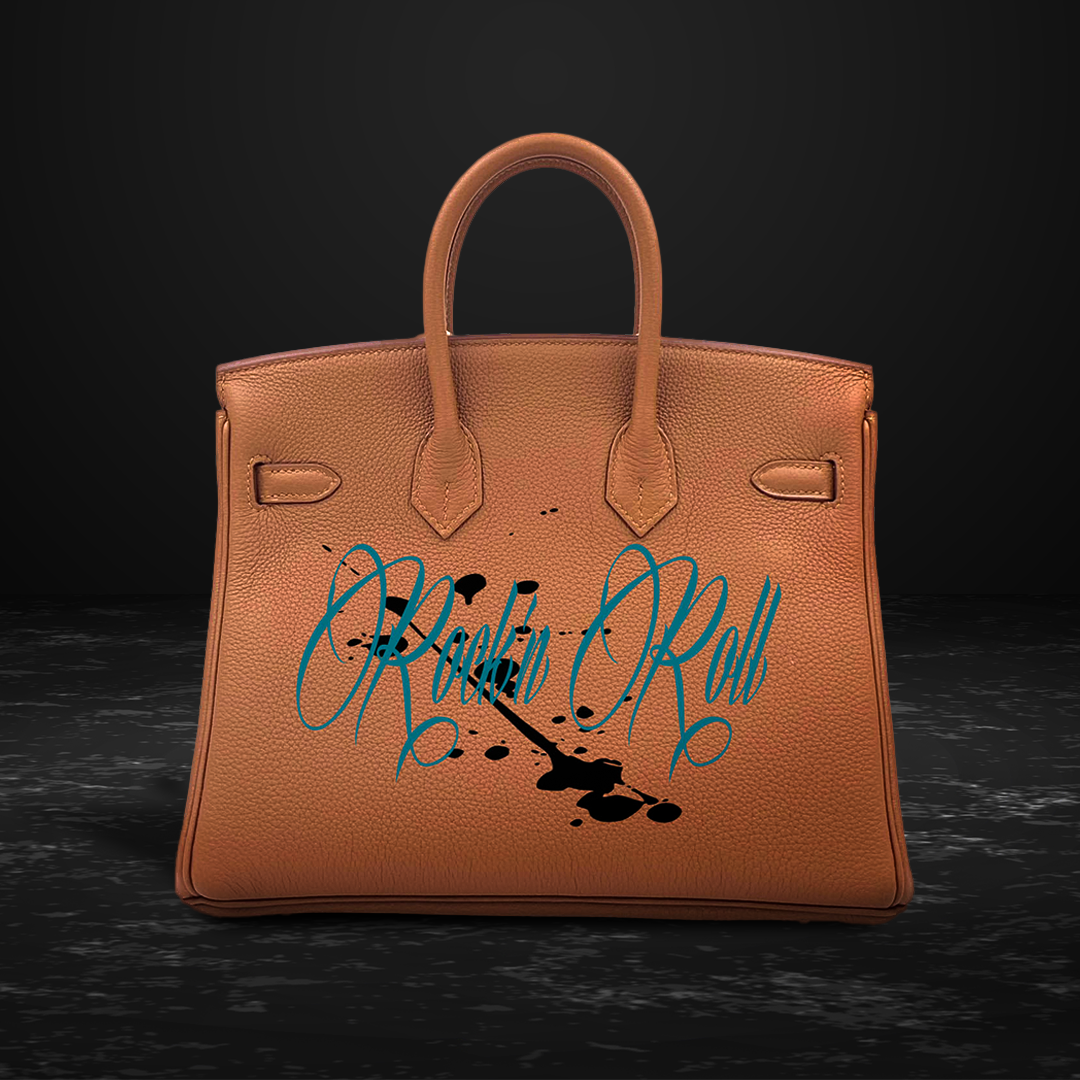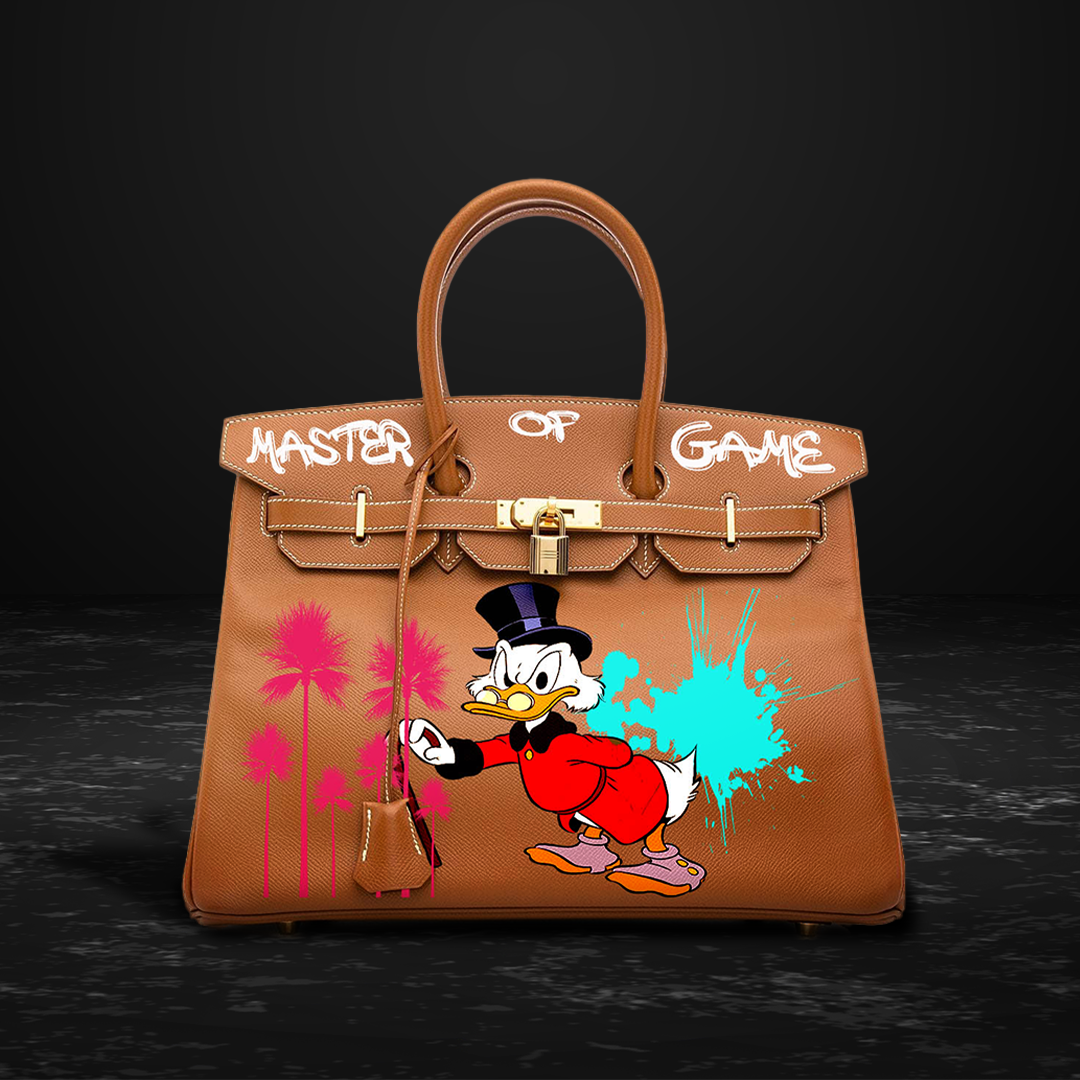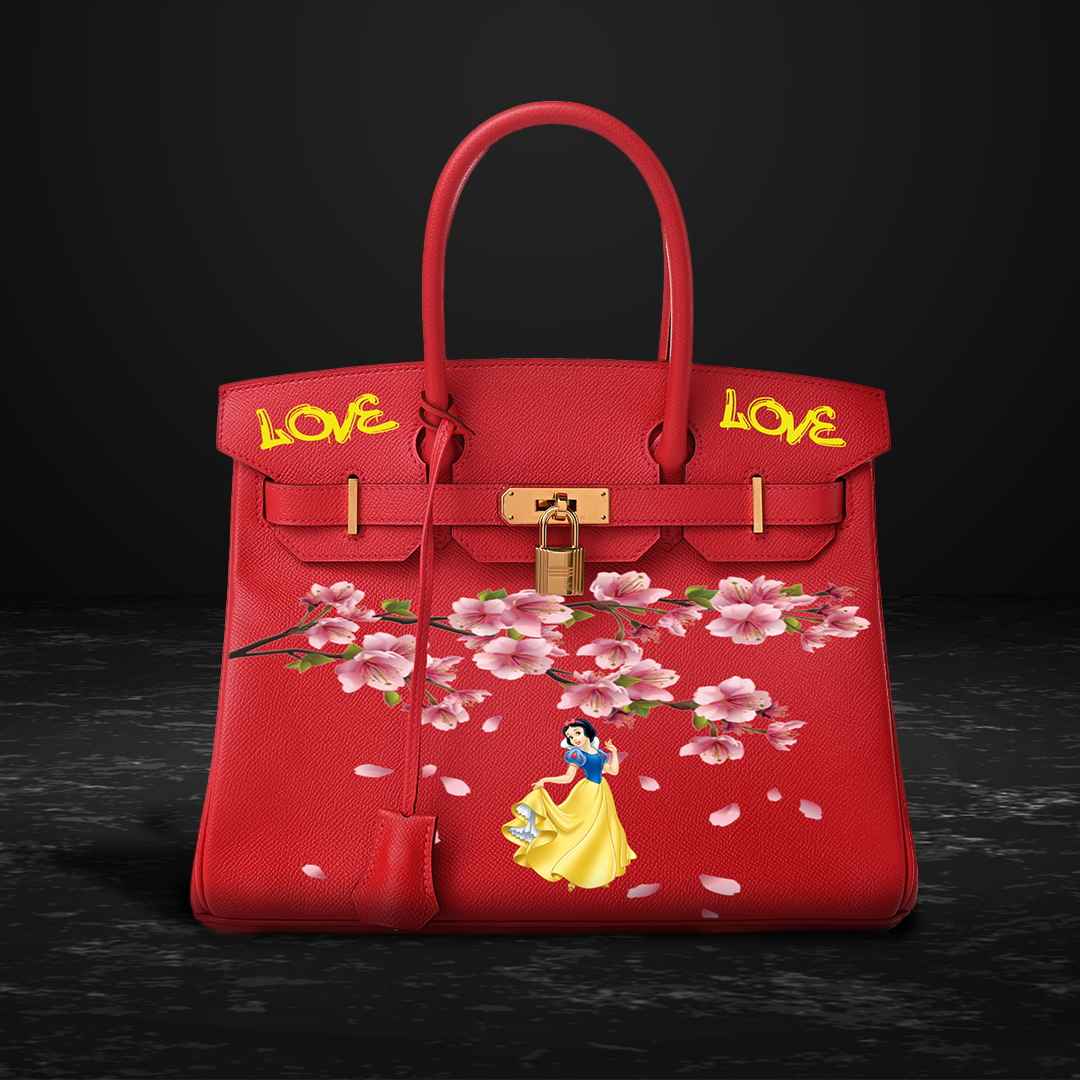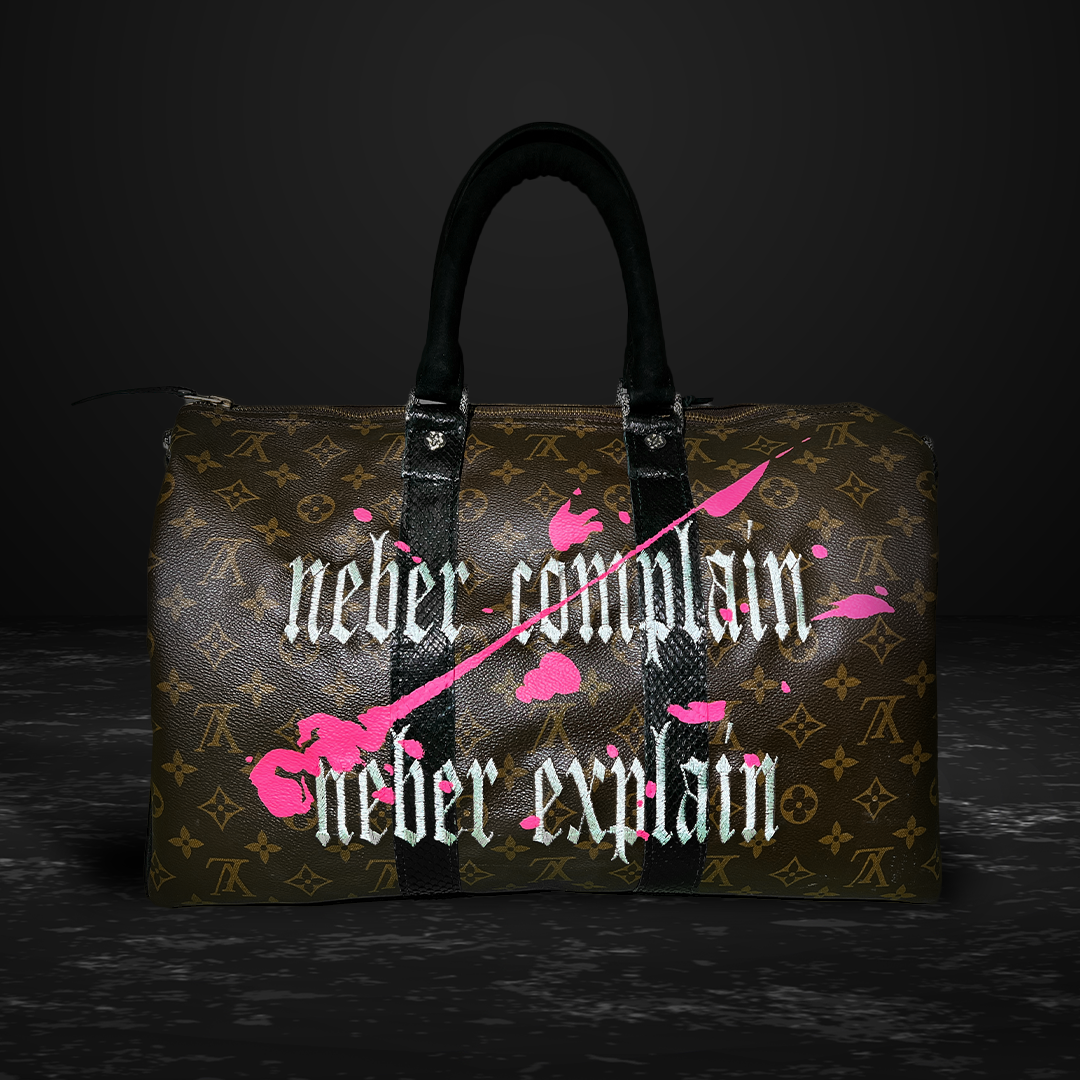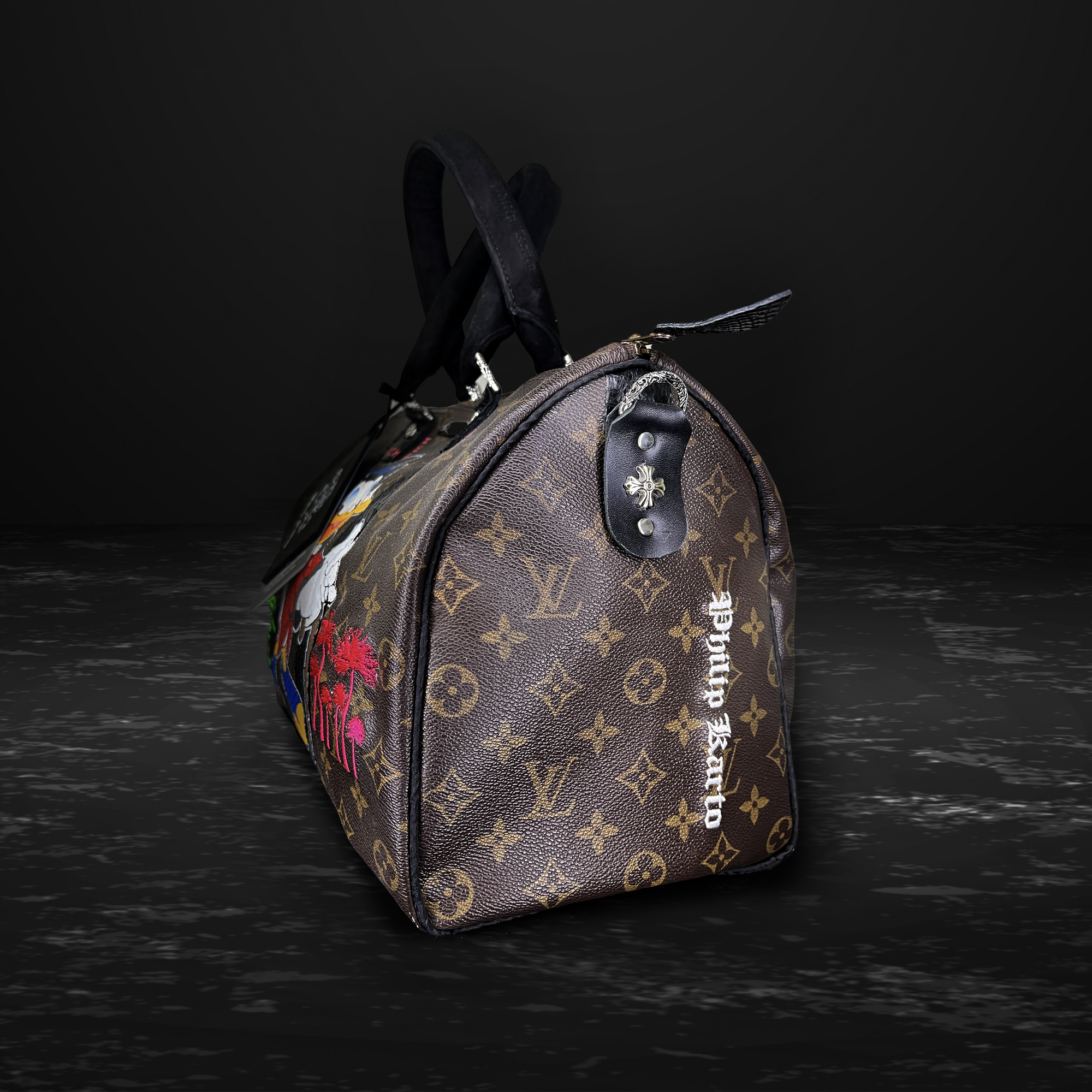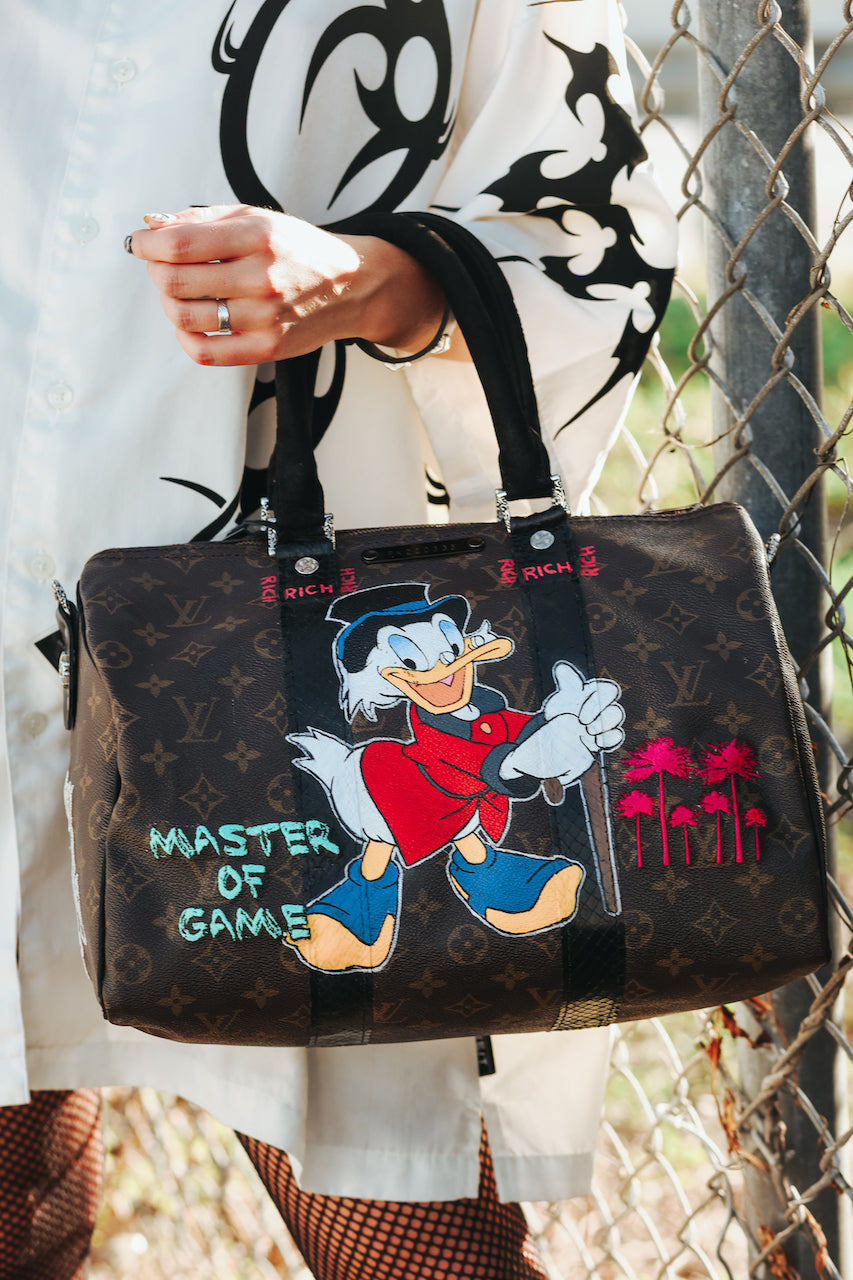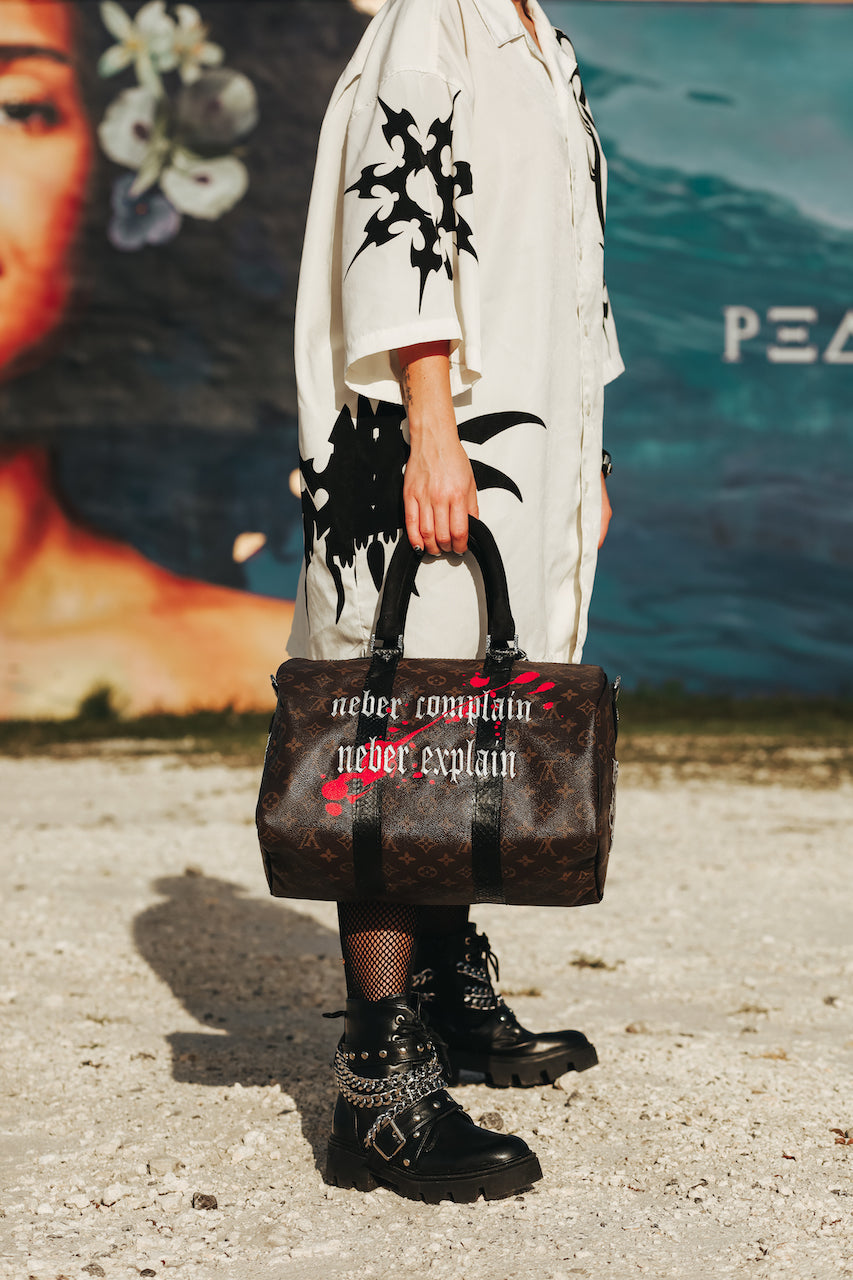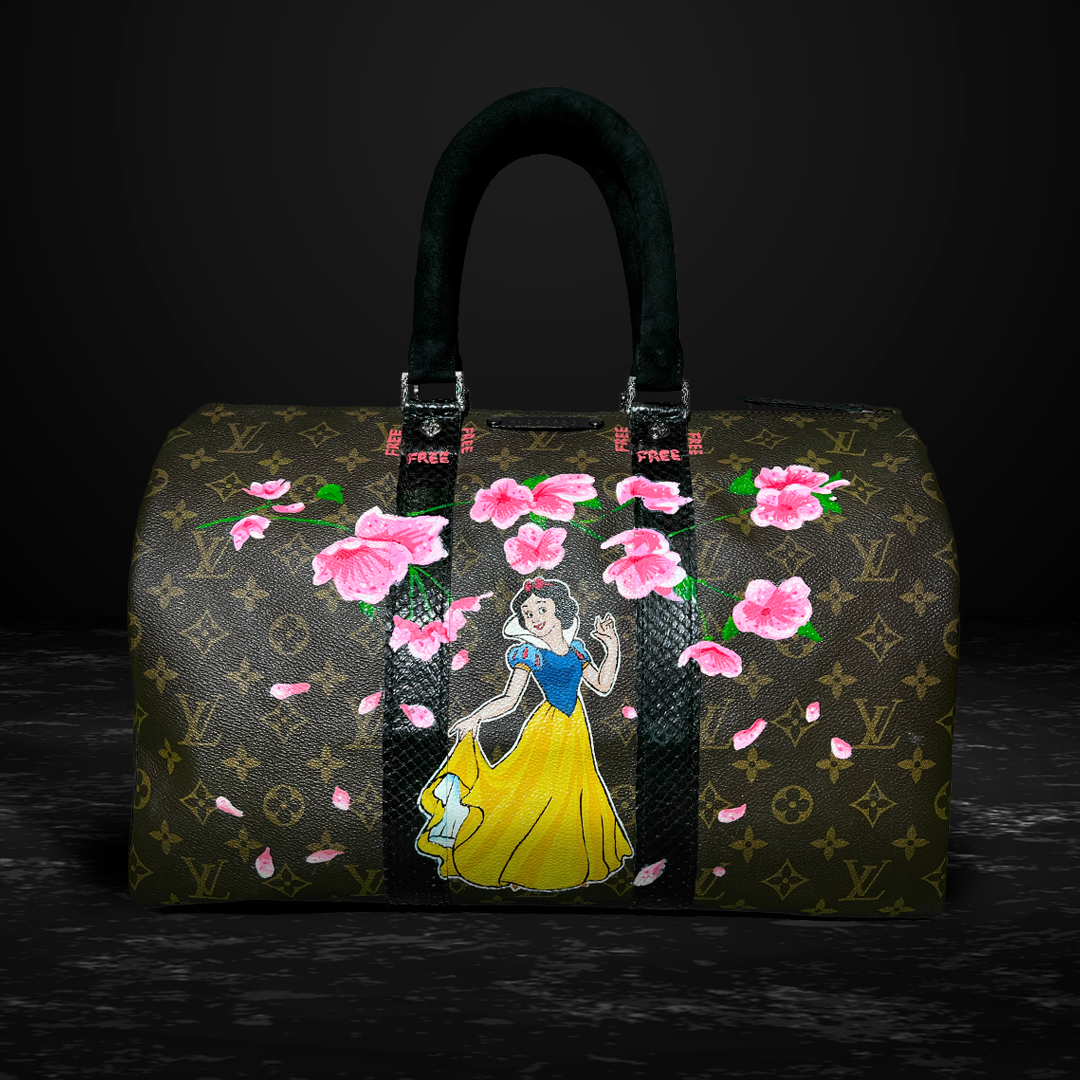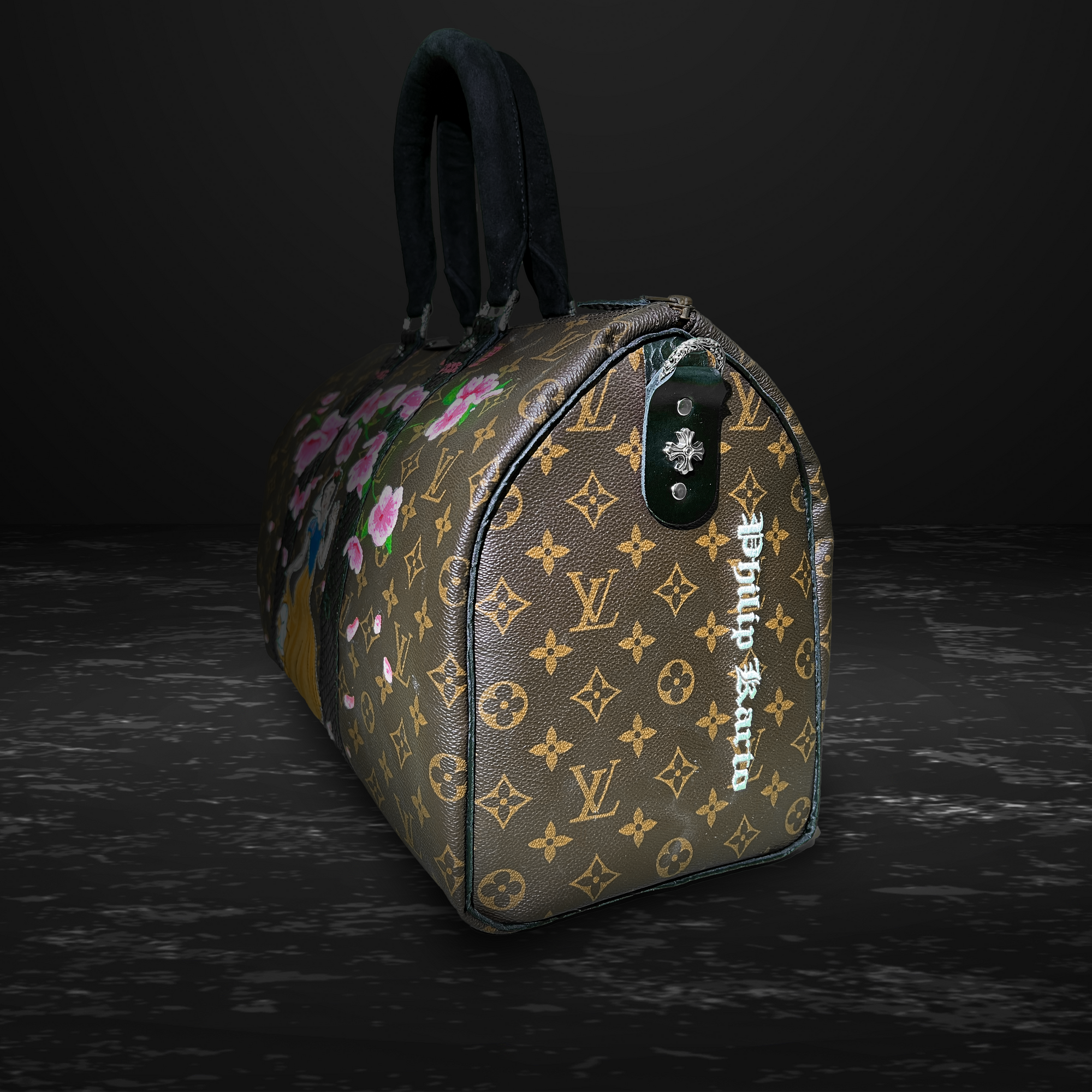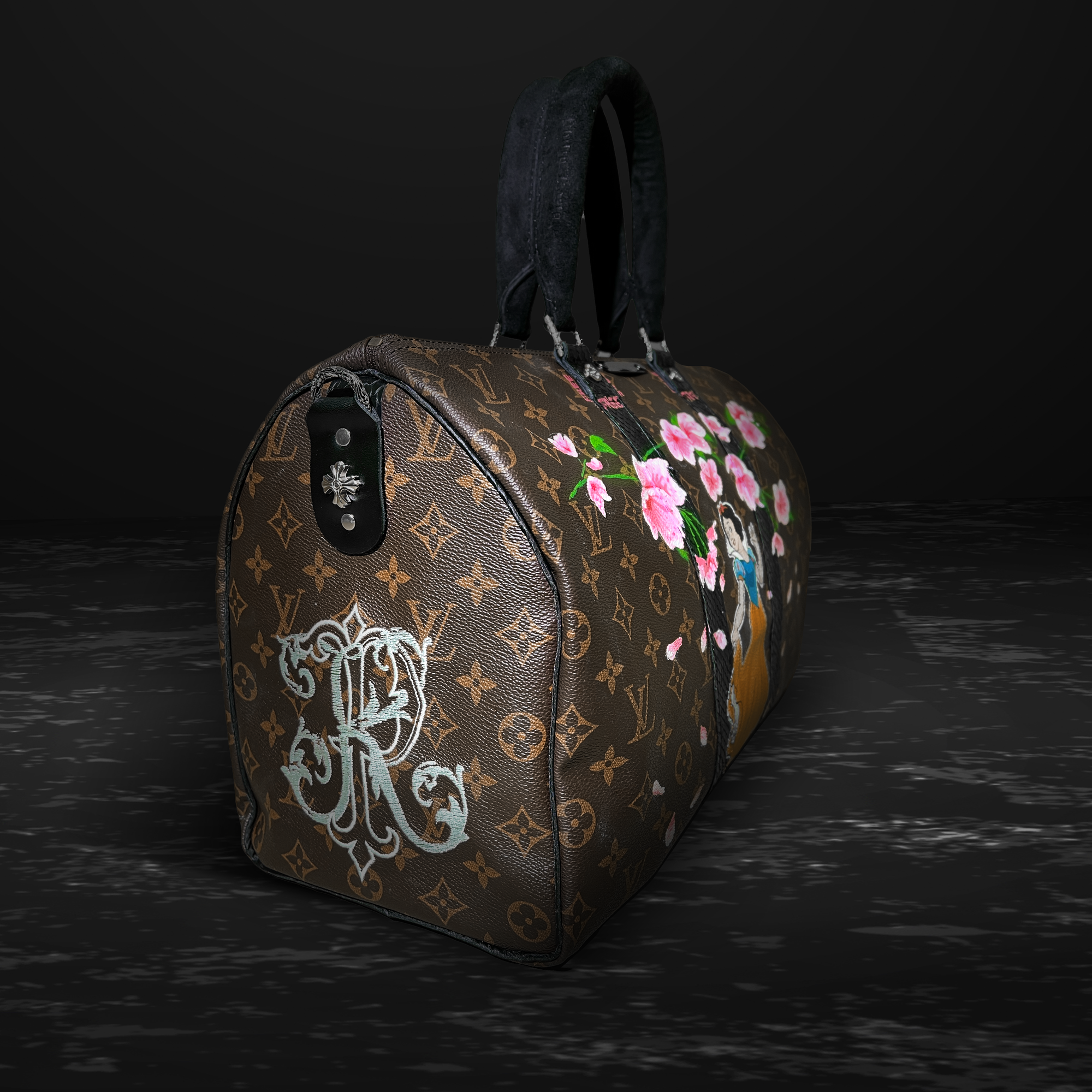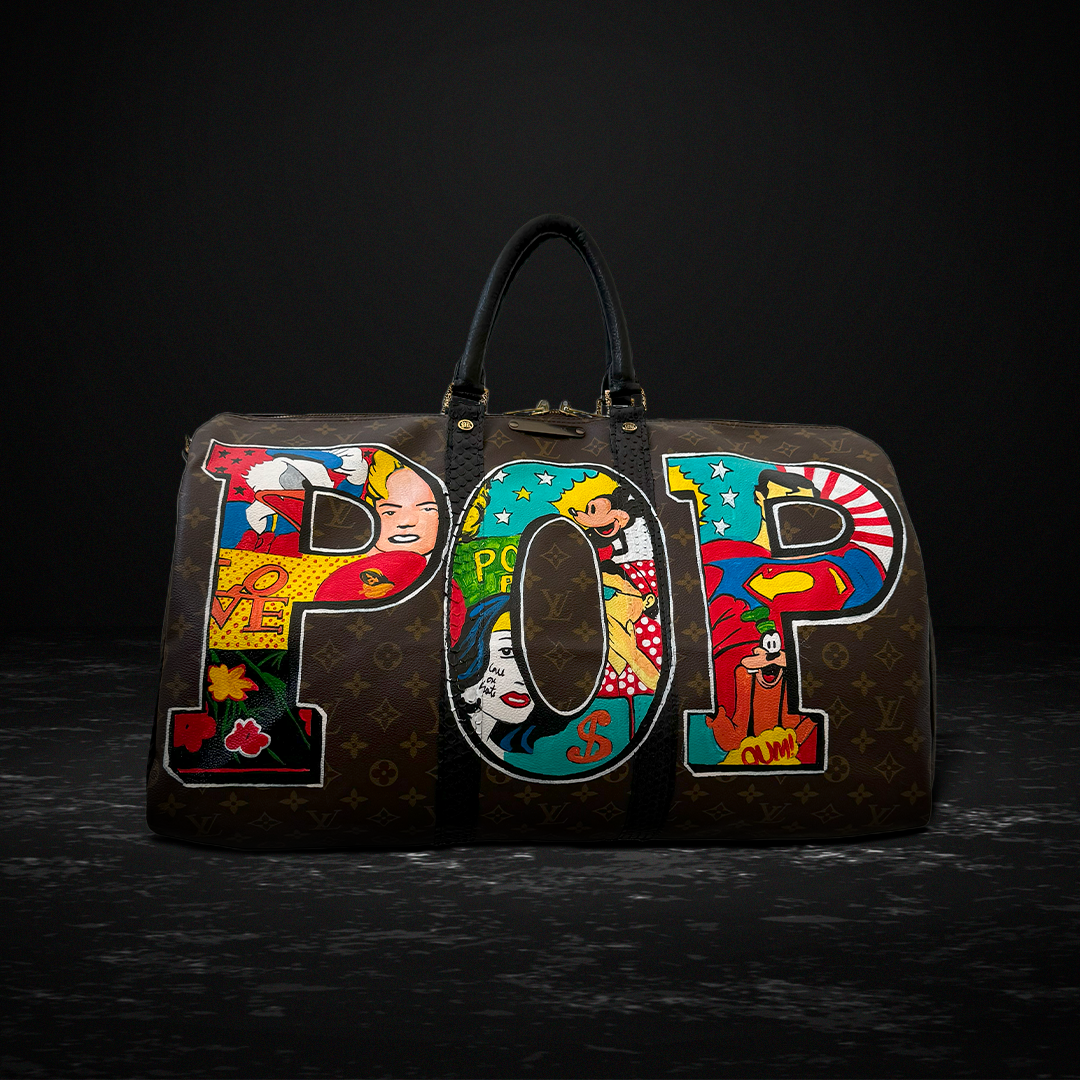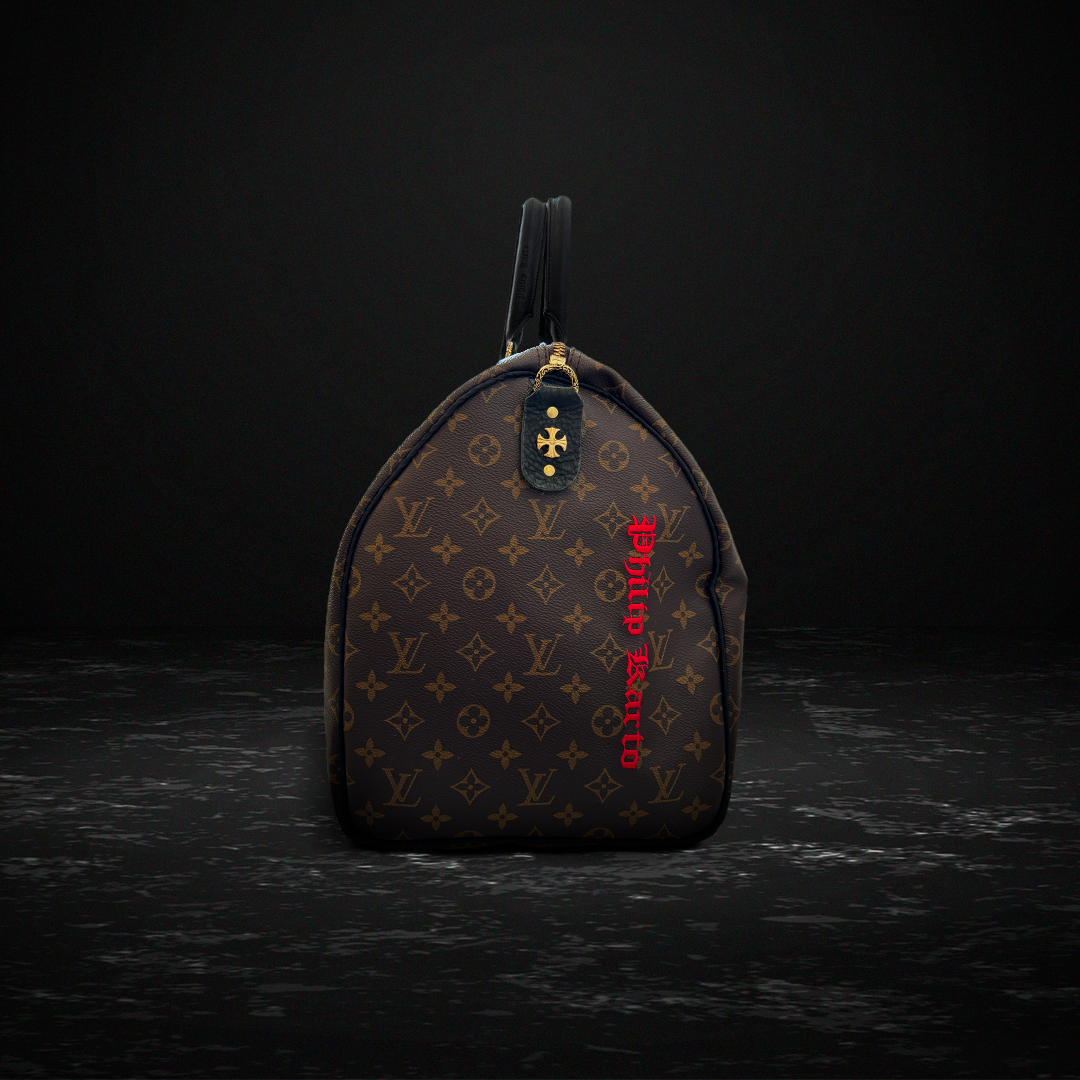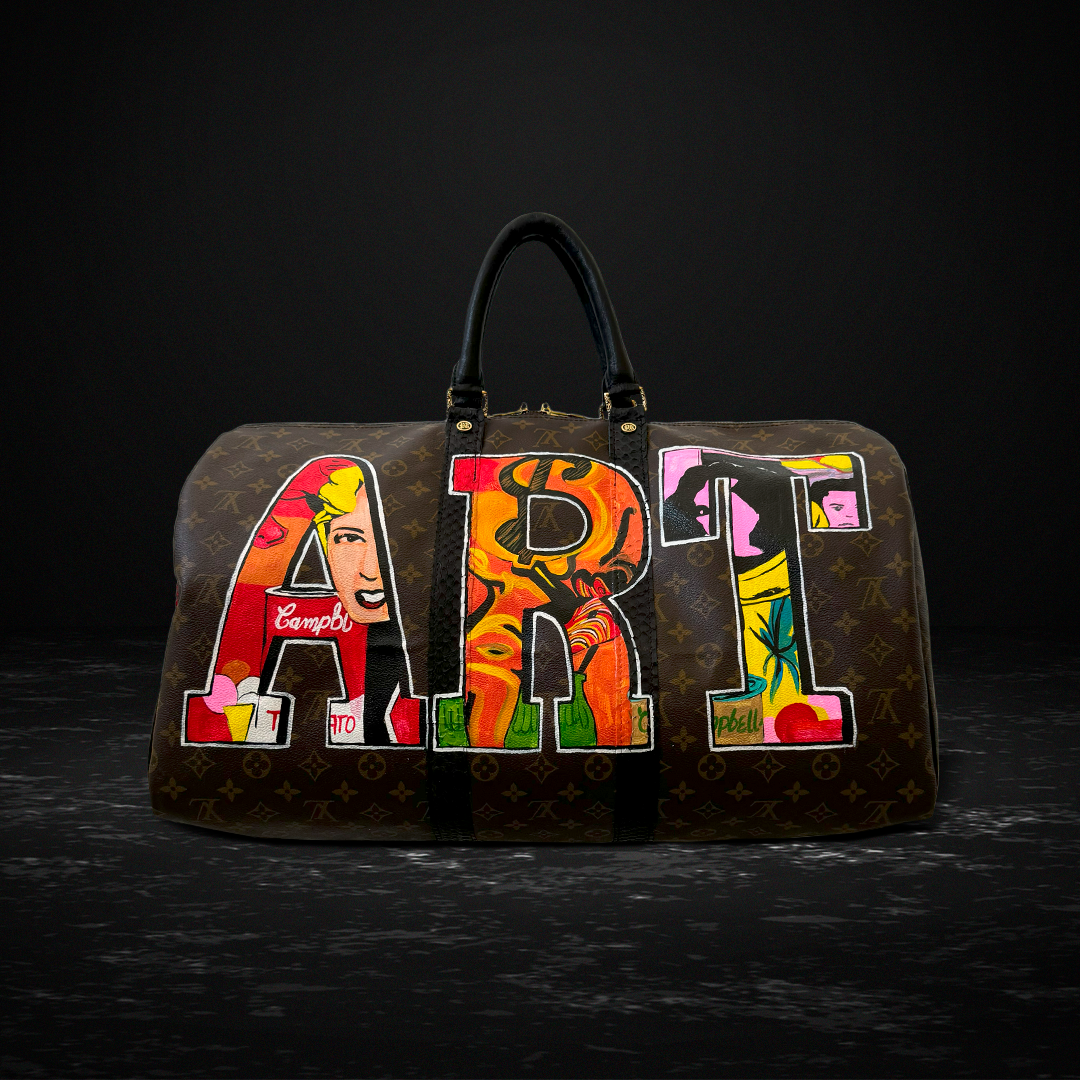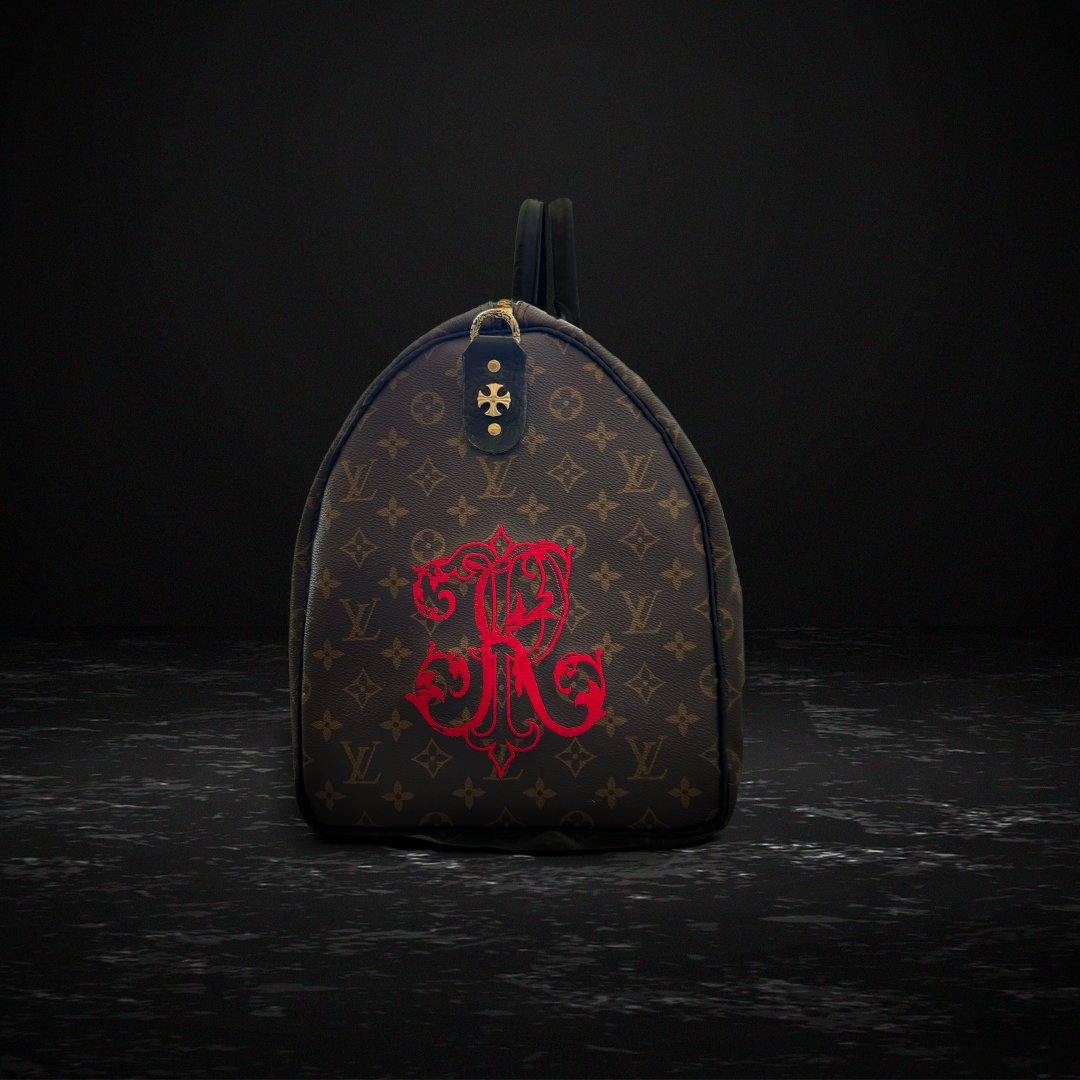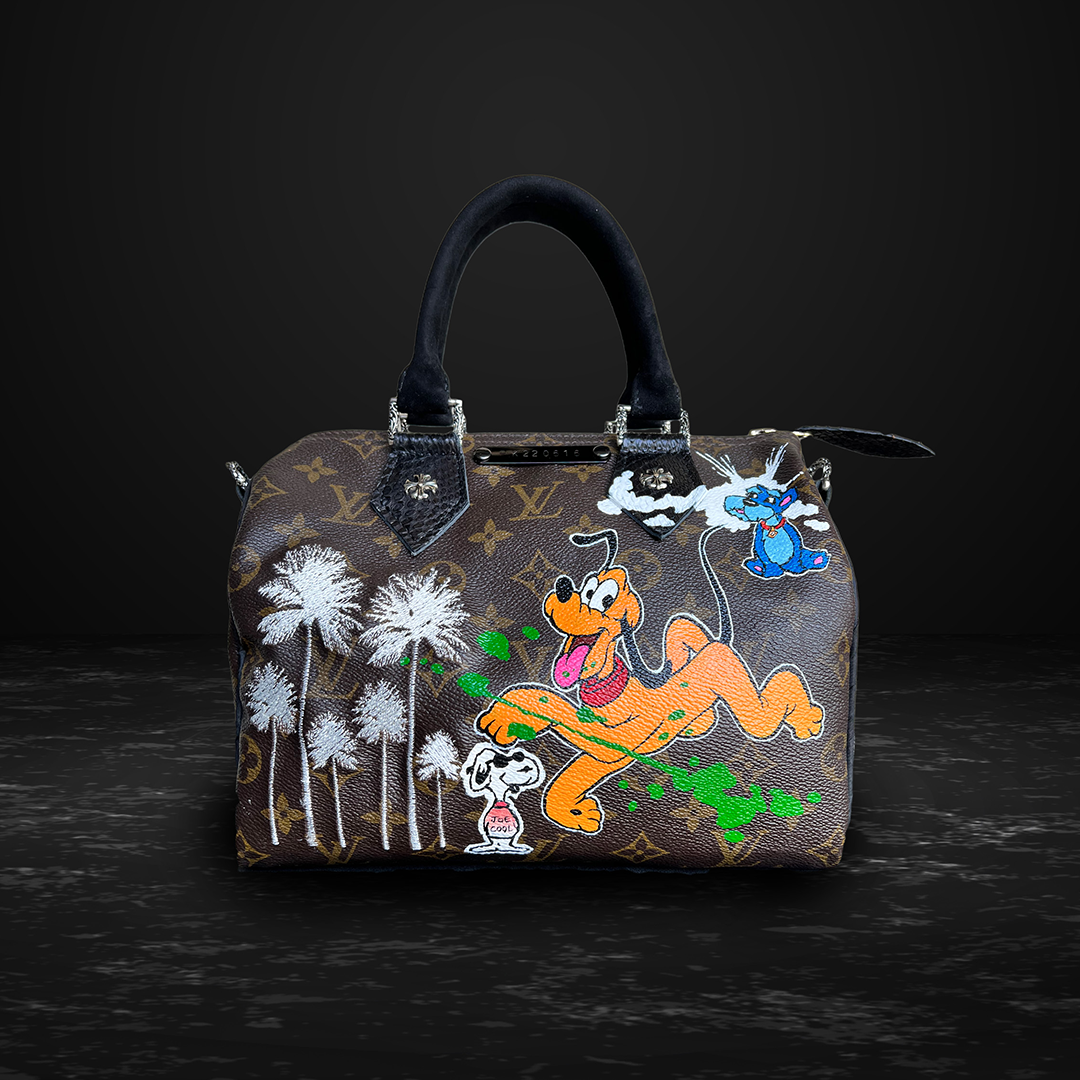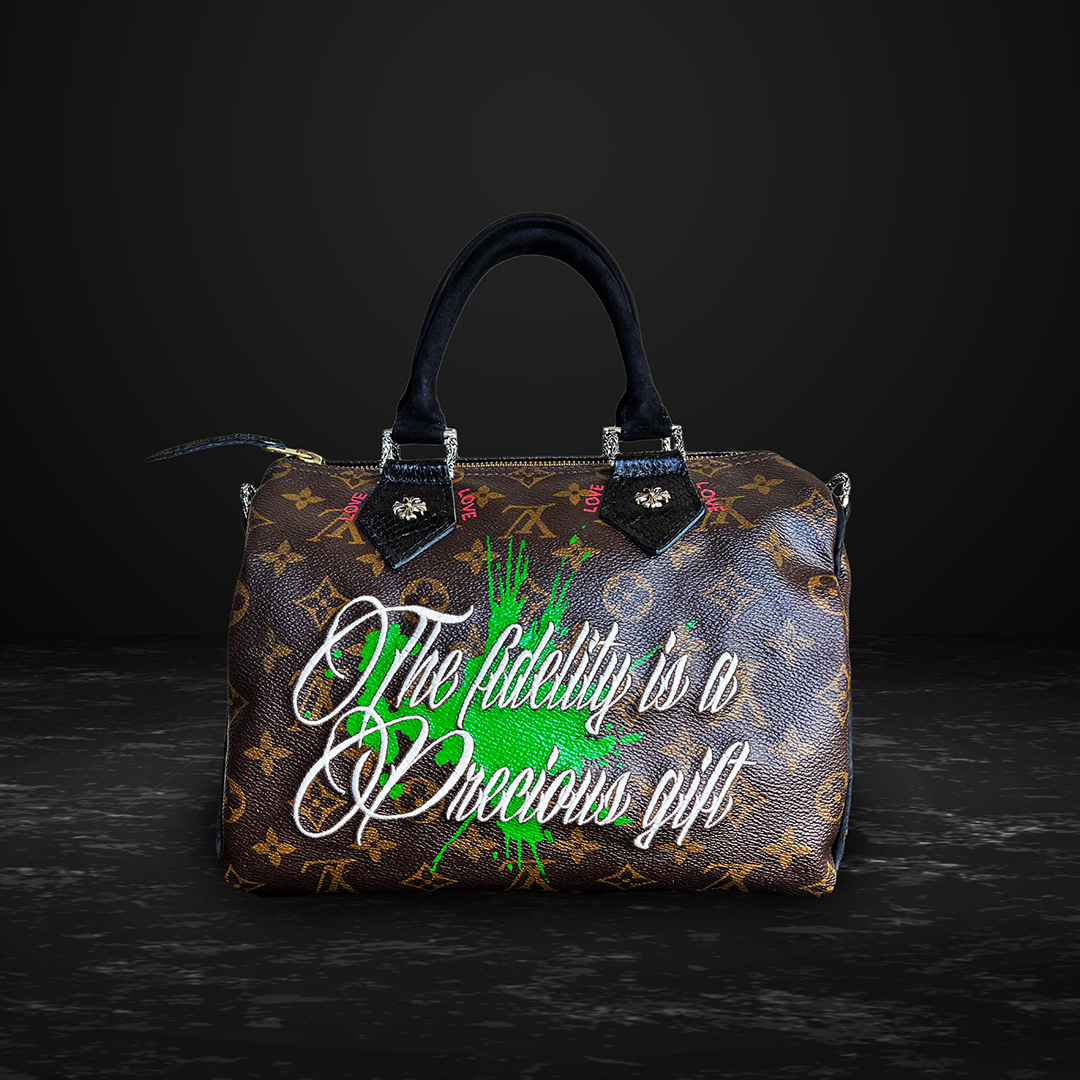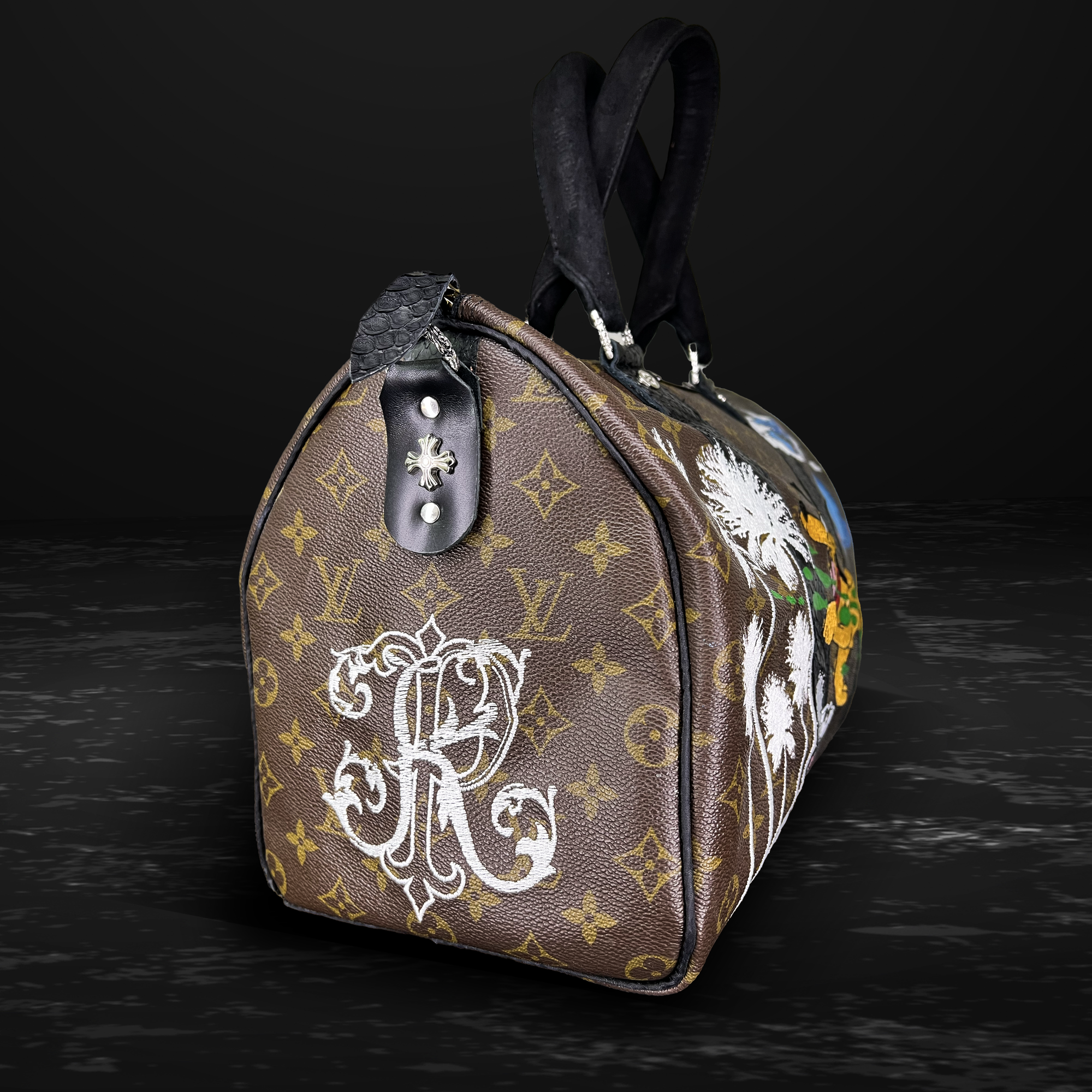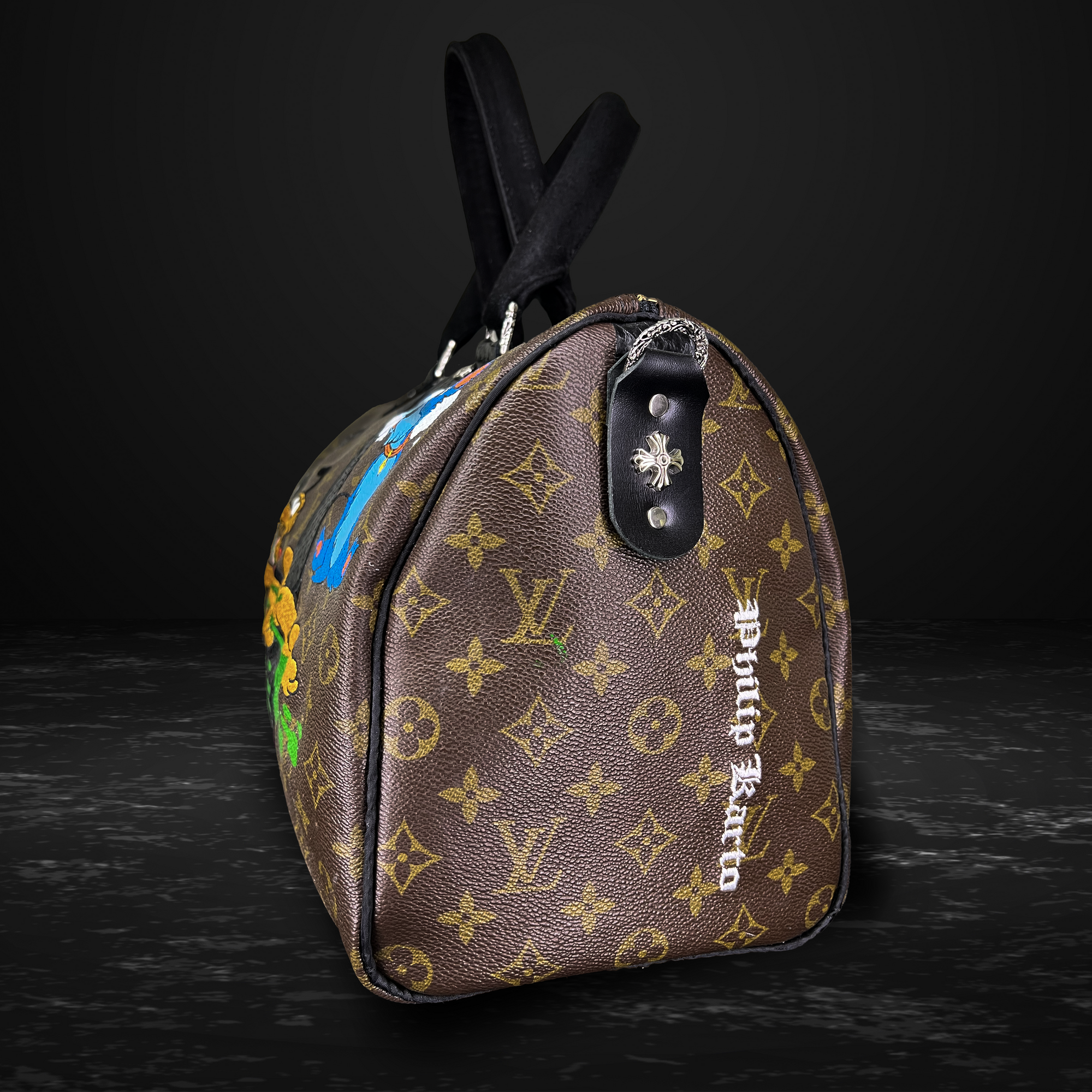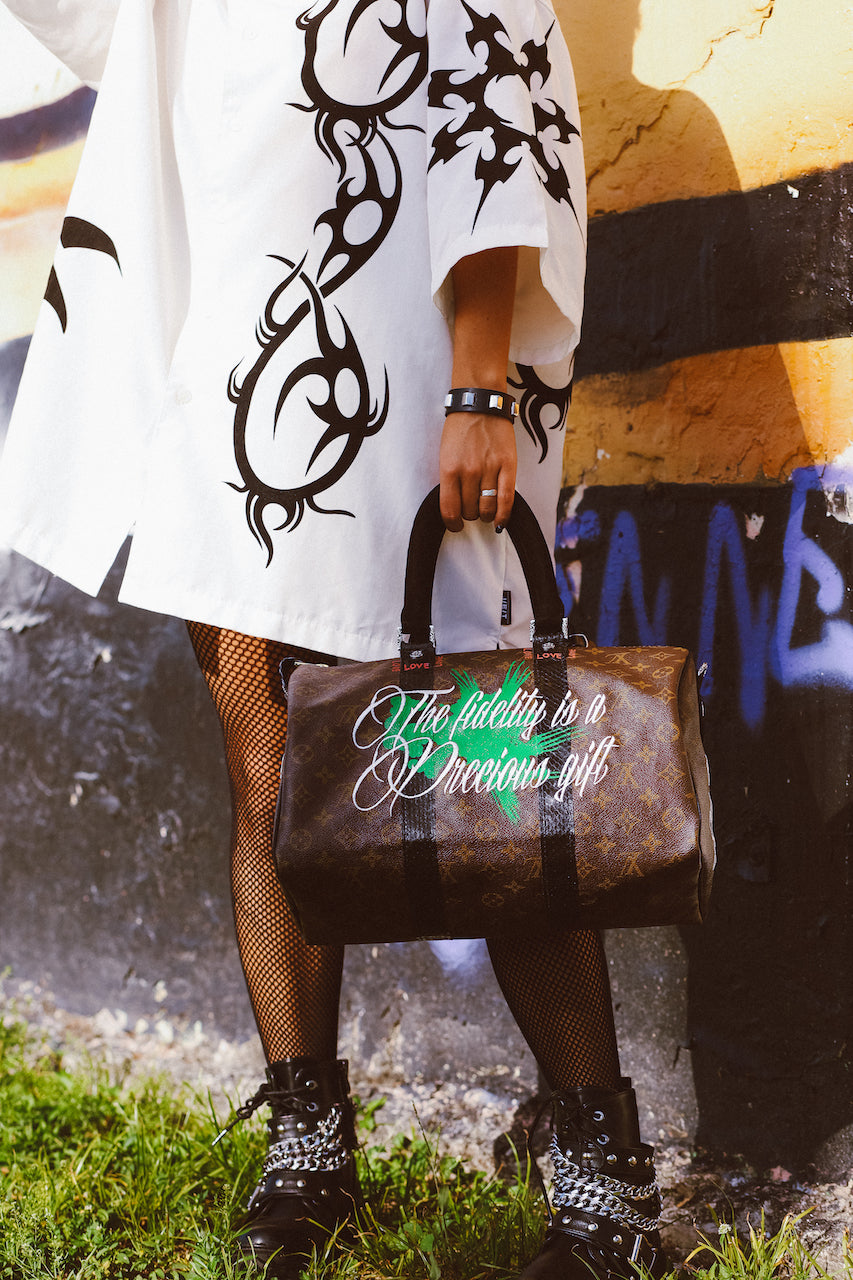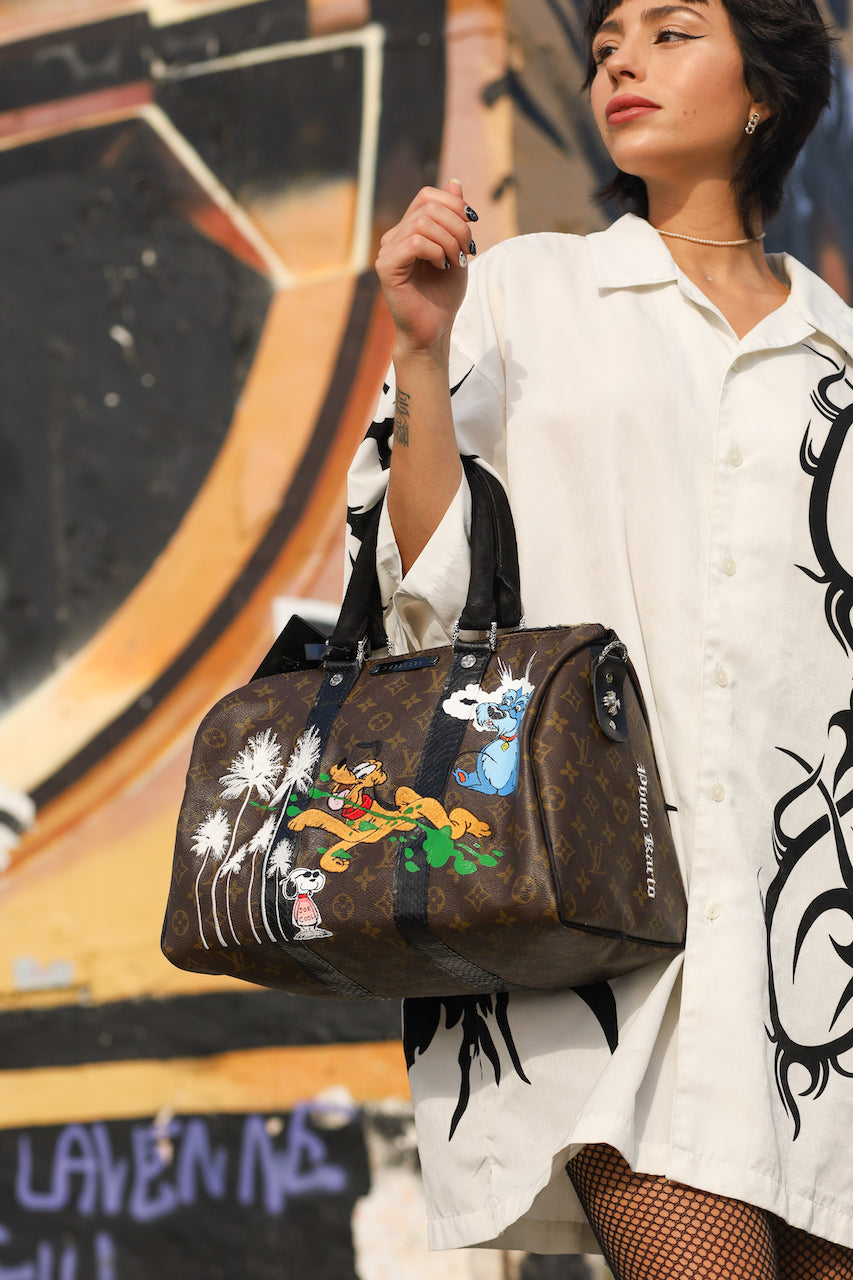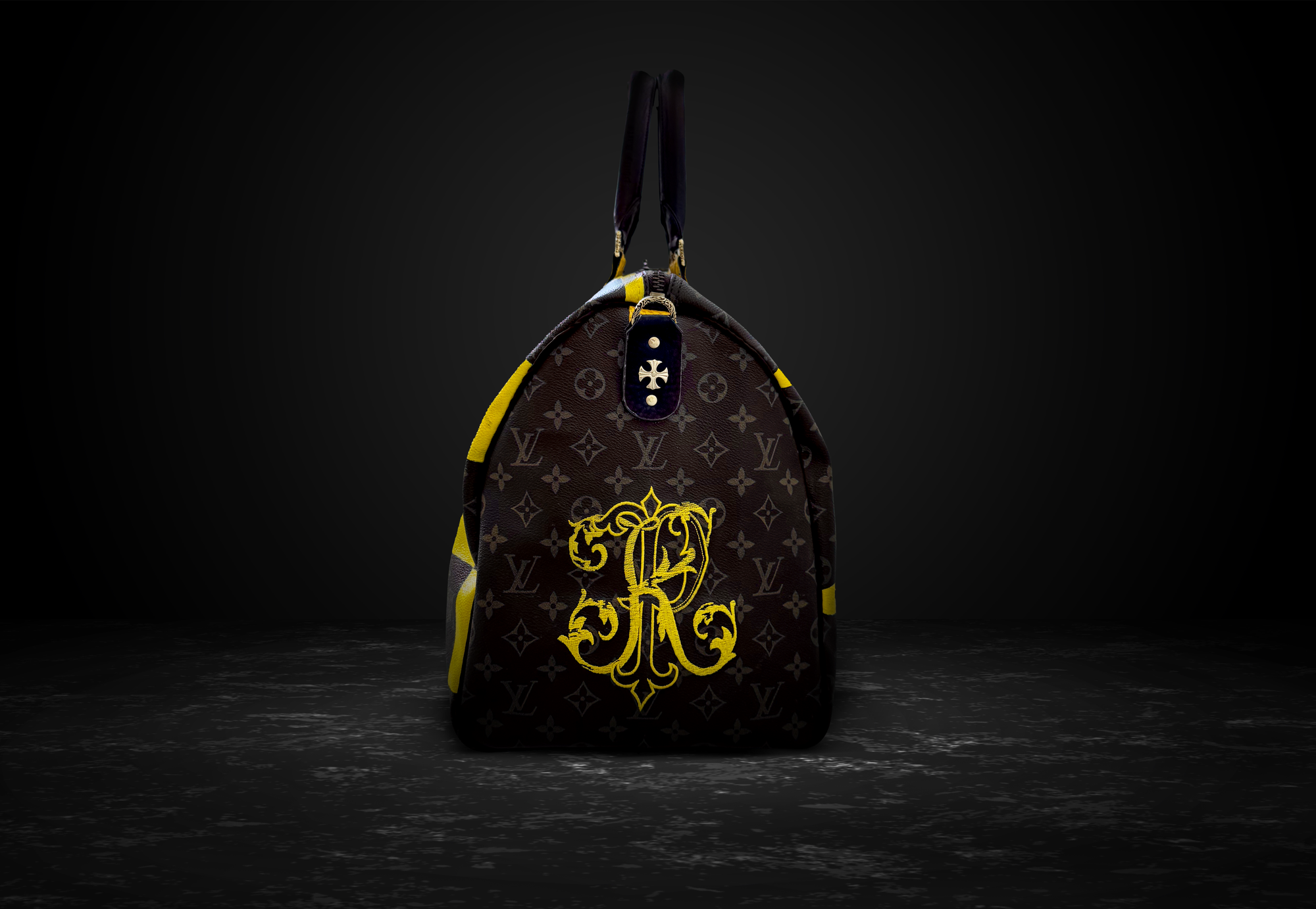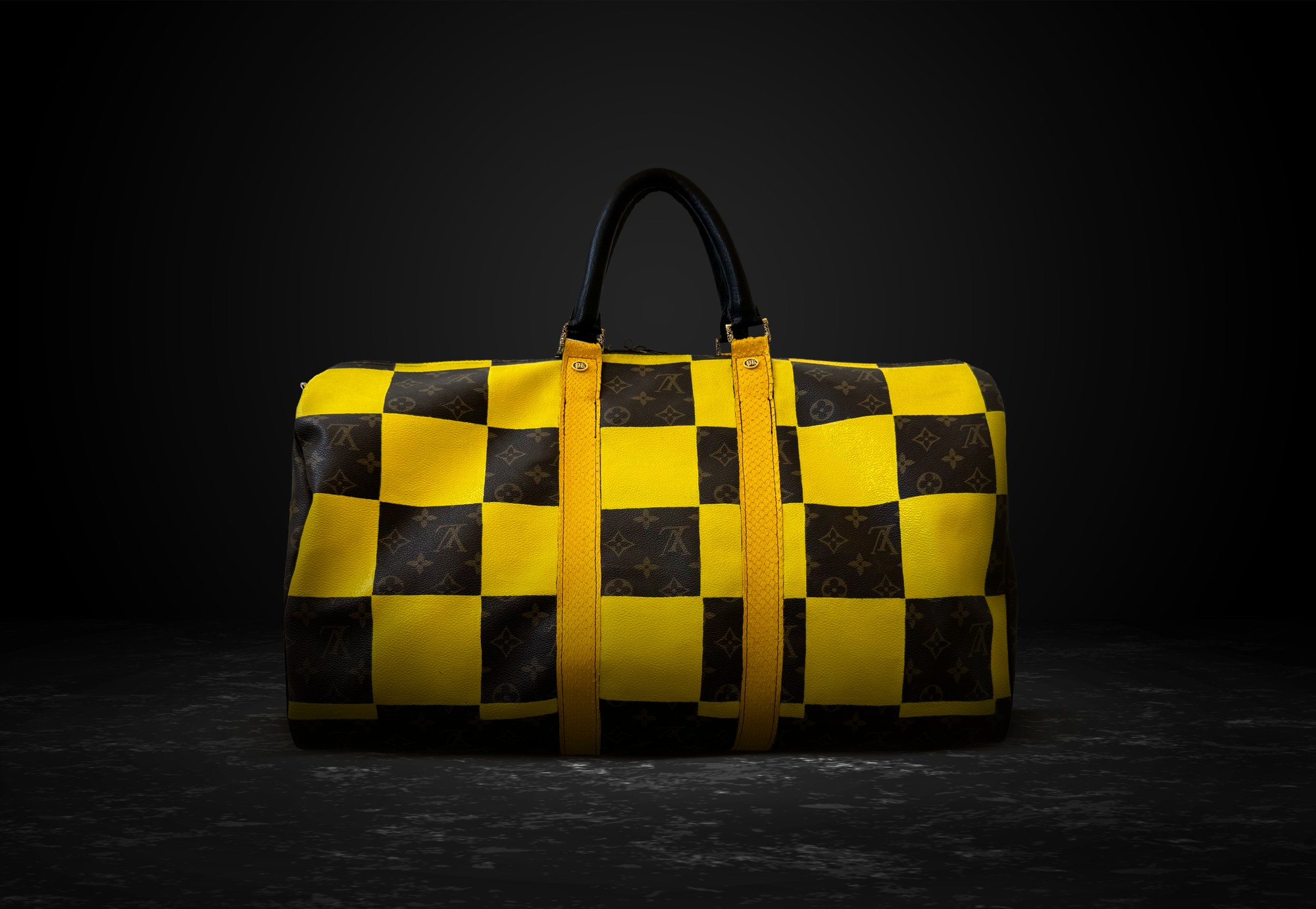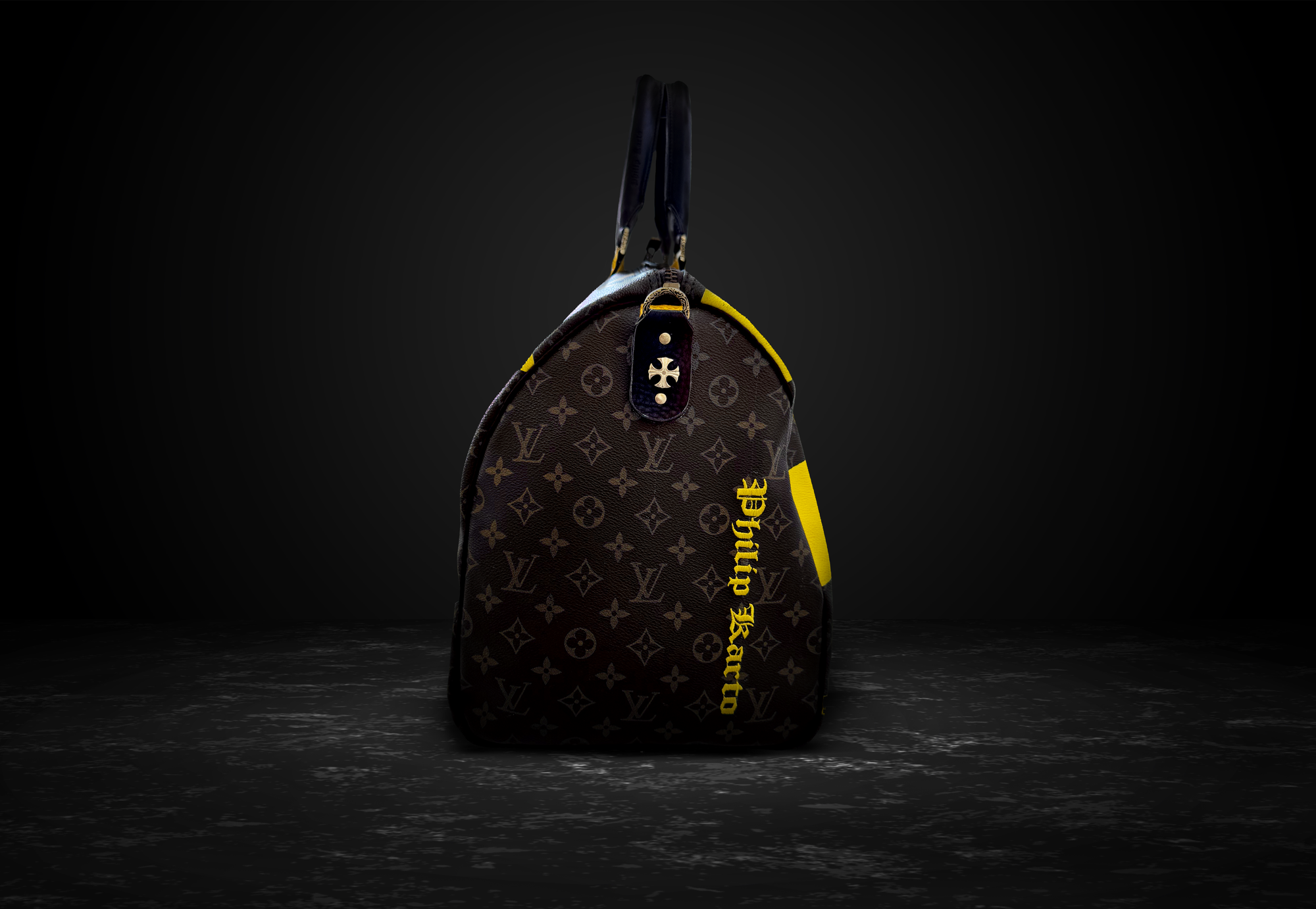Authenticating Hermès is holistic—no single “tell” proves a bag. Cross-check model/configuration, leather & stitching, heat/ blind stamps, hardware & engraving, and provenance (invoices, service, CITES for exotics). Remember: Hermès says the only way to guarantee authenticity is to buy via Hermès (in-store or Hermes.com) and it does not authenticate items purchased elsewhere. Birkin/Kelly/Constance are sold in stores only, which explains why “brand-new online” offers can be risky.
Before you start: What’s verifiable (straight from Hermès)
-
Store-only icons: “The Kelly, Birkin and Constance handbags are sold exclusively in Hermès stores.” If someone claims to have “new boutique fresh” B/K/C online, approach with caution.
-
Authentication policy: Hermès states the only way to guarantee authenticity is buying through its official channels; the house doesn’t authenticate third-party items.
-
Repairs (“spa”): Maintenance and repair are available via boutiques (assessment → workshop). That’s for care, not third-party authentication.
Note on “authenticity cards”: Hermès does not issue authenticity cards for bags (reseller/industry guidance echoes this; exotics use CITES paperwork when applicable). Treat any “Hermès authenticity card” as a red flag. codogirl.com

How pros authenticate (10-point flow you can follow)
1) Confirm model & configuration
Validate the exact model/size exists (Birkin 25/30/35; Kelly Sellier vs Retourne; Constance sizes) and that color/leather/hardware combos make sense for the era. Store-only for B/K/C helps you set realism expectations.
2) Leather ID & feel
Learn the big four: Togo (pebbled, matte), Clemence (wider, slouchier grain), Epsom (embossed, structured), Barénia (smooth, heritage, patinates). Exotic skins (croc/alligator/lizard) require stricter traceability. Use leather consistency as a sanity check against the bag’s age and model.
3) Stitching & construction
Look for the saddle stitch (two needles crossing each hole), even tension, tidy back-stitches, clean glazing at edges. A hallmark of Hermès craft, the saddle stitch is prized because it doesn’t unravel if a thread snaps.
4) Heat stamp vs. blind stamp (date/craftsman)
-
Heat stamp (“HERMÈS PARIS MADE IN FRANCE”): crisp font/spacing, clean impression.
-
Blind stamp (date + craft code): placement and format evolved over time (letters, shapes → modern linear codes). On many Birkins/Kellys, post-2016 stamps moved inside; Kelly 25/20 can be vertical. These are useful clues, not proof.
5) Hardware & engraving
Most hardware is palladium- or gold-plated brass, hand-finished; certain product pages explicitly state “palladium plated.” Expect weight, polish, correct accenting and alignment on plaques/zip pulls/feet, and matching lock–key numbers.
6) Symmetry & alignment
Handles sit clean and even; sangles match; plaque is centered; proportions feel balanced. Hermès isn’t monogram-heavy, so alignment means construction coherence.
7) Interior & lining
Pocket shapes and lining types should match the model/era. No glue bleed, no messy over-paint on edges. Interior stamps should be legible and consistent with the bag’s story.
8) Smell & handfeel
No plasticky or chemical odor; leather should feel substantial and “alive,” not rigid or coated.
9) Provenance & paperwork
-
Best paper: original store invoice, boutique repair estimates/receipts.
-
Exotics: Cross-border sales/returns are affected by CITES rules; Hermès’ T&Cs reference CITES for exotics.
-
Reality check: “Authenticity cards” from Hermès don’t exist; authenticators or resellers may issue their certificates—just don’t confuse them with Hermès’.
10) Context & price
Deep discounts for “unused” B/K/C contradict store-only policy; sellers refusing macro photos, odd fonts/accents, or era-mismatched stamps are red flags.
Read more: Why Are Hermès Bags So Expensive? 11 Real Reasons

Table: 10-Point Authentication Checklist (what to look for vs. red flags)
|
Step |
What to check |
“Consistent with Hermès” looks like |
Red flags |
|
1. Model/config |
Model, size, leather, hardware combo vs era |
Known size/variant; plausible color/leather for year |
Rare combo that never existed; “new online” B/K/C |
|
2. Leather |
Togo/Clemence/Epsom/Barénia traits |
Grain & handfeel match known leather behavior |
Plastic shine; grain embossing that looks printed |
|
3. Stitching |
Saddle stitch, back-stitches, glazing |
Even tension; no sloppy backs; tidy edge paint |
Loose stitches; glue smears; paint overlaps |
|
4. Stamps |
Heat stamp + blind stamp format/placement |
Crisp font; blind stamp format aligns with year; post-2016 interior; vertical on K25/K20 possible |
Mushy fonts; off-era formats; misplaced/duplicated stamps |
|
5. Hardware |
Plating, engraving, lock–key |
Palladium/gold-plated; weighty feel; matching numbers |
Flaking plating; ultra-light weight; mismatched keys |
|
6. Symmetry |
Handles, sangles, plaque centering |
Clean alignment; proportional shapes |
Crooked plaque; uneven handle height |
|
7. Interior |
Lining, pocket, edges |
Correct pocket shape; clean edges; clear stamps |
Excess glue; paint on metal; wrong lining |
|
8. Smell |
Odor test |
Natural leather smell; no chemical tang |
Plastic/chemical odor |
|
9. Provenance |
Invoices, service, CITES (exotics) |
Store invoice; Hermès service docs; CITES for croc/gator/lizard where needed |
“Authenticity card from Hermès”; missing docs for exotics |
|
10. Price & behavior |
Seller realism & cooperation |
Market-aligned price; shares macros; accepts returns |
Huge discount; refuses macros; “final sale, no returns” |
Sources for key facts: store-only policy, authentication stance, repairs, hardware plating, exotics/CITES, blind-stamp evolution (industry guidance).
The stamps, decoded (useful but not definitive)
-
What they are: “Blind stamps” combine a date code with a craftsman code. Formats evolved (letters alone → letters in shapes → modern linear codes). Placement varies by model/era. Use stamps to corroborate other signals.
-
Post-2016 shifts: On many Birkins/Kellys, stamps migrated to the interior; Kelly 25/20 often show vertical orientation.
-
Good practice: If stamp format doesn’t match the claimed year—or sits in an impossible location for that model/era—proceed carefully (stamps can be forged or transplanted).
Tip: Ask the seller for an unaltered, macro photo of the blind stamp and the full heat stamp. Compare formatting, spacing, and depth—not just “what letters it has.” (Professionals check patterns across the whole bag, not single letters.)
Hardware 101 (what the metal should tell you)
Hermès describes hardware parts (clasps, padlocks, buckles) as high-quality metal components traditionally coated in gold, palladium or permabrass. Many product pages explicitly specify “palladium-plated” for current bags. Expect a weighty, precise feel and crisp engraving/accents.
-
Plaques & tourets: Font and accent must be correct; spacing should be clean and consistent.
-
Locks/keys: Matching numbers; same finish as the bag’s hardware.
-
Zippers/feet (clou): Smooth action, even finishing, no edge-paint bleeding onto metal.
Leather & color reality check (fast primers)
-
Togo: pebbled grain, matte, resilient to light scratches—common on Birkins/Kellys.
-
Clemence: wider, flatter grain; softer, slightly slouchy; luxe look.
-
Epsom: embossed; holds shape; lightweight and structured.
-
Barénia: smooth heritage leather; develops a rich patina.
Exotics: Crocodile, alligator, lizard require CITES for cross-border trade; Hermès documents compliance with CITES in its supply-chain reporting and T&Cs. Check paperwork before moving an exotic across borders.
Photo checklist (for remote authentication)
Ask for these angles in neutral light, no filters:
-
Full front/back + left/right profiles
-
Heat stamp (macro)
-
Blind stamp/date code (macro; include surrounding leather)
-
Plaque/touret (macro), zipper pull, clou feet
-
Lock + both keys (numbers visible)
-
Handle base stitching & edge glazing
-
Interior pockets/lining edges
-
All wear points (corners, sangles, handles)
-
Paperwork: store invoice (mask personal data), service receipts, CITES (if exotic)
Common red flags (pattern, not proofs)
-
“Brand-new Birkin/Kelly/Constance” listed online by unknown sellers (remember store-only).
-
Fonts or accents off; mushy or overly shallow heat stamps.
-
Blind stamp format/location wrong for the claimed era; serial “tables” that don’t line up.
-
Hardware feels too light; plating chips; lock–key numbers don’t match.
-
Ultra-glossy edge paint, glue residue, or messy stitch backs.
-
No macro photos, no returns, pressure to pay immediately.
When to call an expert (and what Hermès will—and won’t—do)
-
Independent authenticators evaluate patterns across leather/stitching, stamps, and hardware; many produce written opinions for insurance/resale.
-
Hermès after-sales is for maintenance/repairs via boutiques; the brand does not authenticate third-party purchases and does not issue authenticity cards. Use its spa for care, not verification.
Buying paths: new, pre-owned, or upcycled
-
New (boutique): Discuss preferences with a sales associate; for B/K/C, be patient and flexible (sizes, leathers, colors). Store-only policy applies.
-
Pre-owned: Work with sellers who provide return windows, exhaustive macros, and third-party authentication. Expect premier configurations to price at/above retail based on condition.
-
Recycled/Upcycled: For well-loved pieces, consider restoration or an upcycled commission that respects the Hermès base while refreshing function and style.
Why buyers choose a specialist workshop (optional)
If you’re still unsure after photos, a specialist workshop inspection can verify stitching integrity, glazing, lining condition, and hardware function—and map a restore plan before you commit. It’s a low-risk way to turn a “maybe” into a confident purchase and to budget realistically for any spa work later. (Hermès spa is accessed via boutiques.)
Treat Hermès authentication as pattern recognition: the more details you check—and the more consistently they align—the safer your purchase. Anchor your due diligence to what Hermès says publicly (store-only icons, no third-party authentication) and use stamps, stitching, leathers, and hardware to build a coherent picture. When in doubt, pause and get an expert eye.
Hermès Recycled & Upcycled by Philip Karto
Discover authentic Hermès pieces re-engineered in Philip Karto’s in-house atelier. The brand offers a dedicated Hermès collection plus a Bag Upcycled hub that explicitly includes Hermès Birkin Vintage, so you can browse by intent—recycled restoration or artful upcycle—rather than hunting one-offs. Flagship listings like “Hermes recycled” show real buying details (e.g., sizes 30/35/40, multiple colors, silver/gold hardware), signaling stocked, spec-clear inventory for serious shoppers. Crucially, product pages note that Philip Karto recycled and upcycled bags are hand-made in the U.S., while the brand’s Private LAB page explains the work is done inside a dedicated creative workshop—useful for aftercare and quality control.
Why buyers choose Philip Karto: you start with a genuine Hermès base and get a refreshed, wearable, often one-of-one piece—edges re-done, leather/hardware thoughtfully updated, or artistically transformed—without boutique scarcity or waitlists. In short: heritage materials, immediate availability, and atelier-level craft, presented with transparent specs across the Hermès category and upcycled pages.


